Macrame ESSENTIALS: Everything You Need—Cord, Tools, & Materials

This guide addresses my favorite part of a new hobby: shopping!
I love buying new cords, trying out new shapes for wall hangings, and seeing how different cord sizes and types affect style.
As my husband will tell you, this is also his least favorite part because it can be expensive.
I treat macrame cords the same way I treat shoes: You can never have enough, but you only need the 6 essentials to get started, and of course, the most obvious important one is macrame cords.
But that said, it is also important not to waste money or leave the craft because you’re tired of buying the wrong supplies.
So, let me show you how you can make the most of your tools and supplies.
I want you to enjoy your macrame journey as much as you enjoy buying shoes!
In the Ultimate Beginners Guide, we focused on tips for beginners and touched on the essential cords and materials you need for a macrame project.
In the Selecting Your First Macrame Project Guide, we reviewed potential projects you could create as a beginner and the basic knots.
Now that you have a project in mind and perhaps have practiced some basic knots, you’re ready to jump right in!
But wait - let’s review the materials and supplies you'll need again in more detail so that you can make well-informed decisions on what to purchase.
In this blog post, we'll unravel the intricacies of macrame materials selection, ensuring that every knot you tie and every thread you weave is a step closer to crafting a wonderful macrame project.
Macrame Cord: Your Crafting Canvas
There’s no macrame without the cord! This is why cords, strings, and ropes are the number 1 essential material needed for macrame.
In the world of macrame, the choice between cord, string, and rope can significantly impact the outcome of your basic knots and, by extension, your projects.
The terms cord, rope, and string are often used interchangeably but refer to materials with distinct characteristics and purposes.
The material you use to knot with will depend on your chosen project type.
Let's explore the differences and how each is utilized in basic macrame knots.
Cord vs. String vs. Rope: What’s the Difference?
Choosing between cord, string, and rope can be confusing, especially when they often look similar.
But they each have unique qualities that make them better suited to specific types of macrame projects.
Let’s break it down in more detail.
Cord
Cord is typically used for a thin to thick material of fibers or strands twisted or braided together.
Cord is commonly chosen in macrame for its flexibility, which allows for intricate knotting and fine details.
It comes in various materials, such as cotton, nylon, jute, and hemp.
Thin cords (around 1mm to 2mm) are ideal for delicate jewelry pieces, while thicker cords (3mm to 5mm) are suitable for larger, more substantial projects like wall hangings and plant hangers.
The cord's flexibility makes it perfect for crafting intricate patterns and small-scale designs.
You may notice that many macrame artists (including me!) use “cord” as the all-encompassing term for the string or rope we use in macrame.
However, in my patterns and video tutorials, you will notice that any size (thickness) of 3mm and higher is defined as a macrame cord, whereas cords 1-2mm are noted as a string.
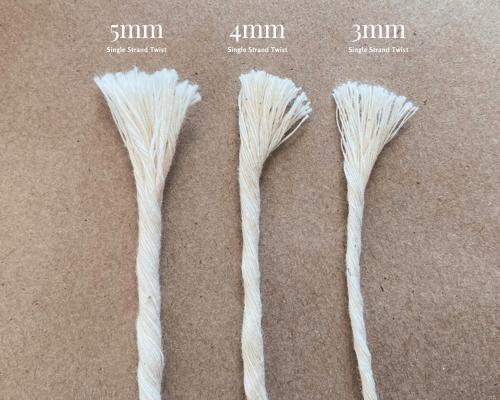
2. String
String is generally used for thinner, more lightweight materials than cord or rope.
In macrame, string is typically chosen for its delicate appearance and suitability for intricate work.
Thin string is ideal for creating fine jewelry, such as bracelets, necklaces, and earrings.
While it lacks the structural strength of a cord or rope, string is perfect for micro-macrame, where precision and small-scale designs are essential.
It allows for creating intricate knots and patterns with a delicate, elegant finish.
Some macrame artists and brands define the term “string” as a single-strand twist-type cord, but I define it as the thinner cords of macrame.
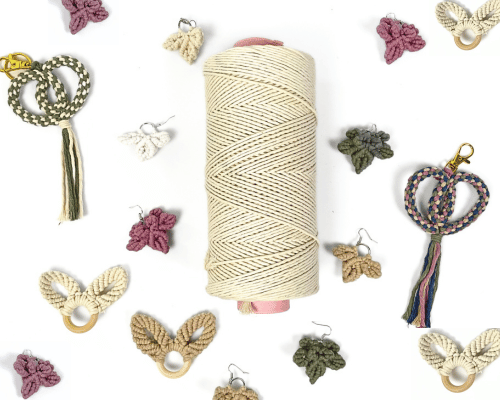
3. Rope
Macrame rope is typically thicker and sturdier, often consisting of multiple strands or fibers twisted (3-ply or multi-plied cords) or braided together.
The rope is chosen in macrame for its strength and ability to support more substantial projects.
Thicker ropes (5mm and above) are commonly used for creating large wall hangings, plant hangers, or functional items like hammocks and chairs.
Macrame rope provides the structural integrity required for these projects, ensuring they can bear the weight of plant pots or people.
Cord, string, and rope are all used in macrame; their differences in thickness, flexibility, and strength make each material more suitable for specific projects.
Cord is versatile for small, medium, or large projects, whereas string excels in micro-macrame and fine jewelry.
Rope is the go-to for adding texture to large-scale or robust creations.
Understanding these distinctions lets you choose the suitable material for your designs, ensuring that your projects turn out as envisioned.
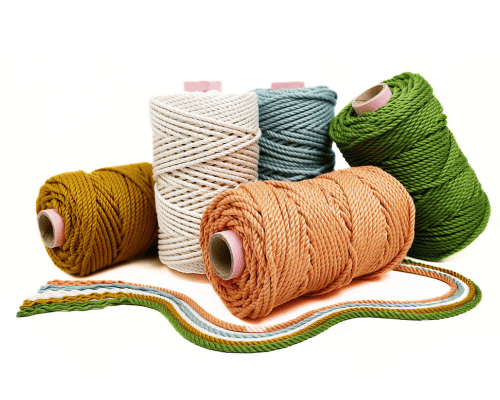
Types of Macrame Cord
The world of macrame is intricately tied to the selection of cord, where each type offers distinct characteristics and creative potential.
As we embark on this exploration, we'll delve into the nuances of macrame cord varieties, from the simplicity of single-strand cord to the strength and texture of 3-ply cord and the decorative flair of braided cord.
Understanding these differences empowers you to make informed choices for your macrame projects, whether crafting delicate jewelry or substantial wall hangings.
So, let's unravel the secrets of these macrame cord types and unlock the full spectrum of creative possibilities in your macrame journey.
1. Single-Strand Macrame Cord
Single-strand macrame cord is a straightforward and classic choice for many macrame projects.
It consists of a single-strand cord or thread made of tiny fibers twisted into a single-strand cord and is often made from materials like cotton, nylon, or jute.
It offers a clean and minimalist look, creating a soft, smooth, and flat-like aesthetic, making it versatile for various crafting styles.
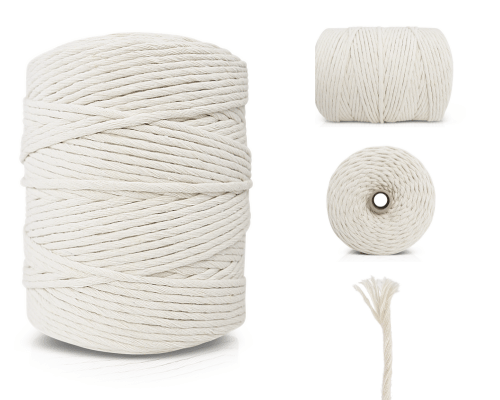
2. 3-Ply / Multi-ply Macrame Cord
A 3-ply macrame cord, as the name suggests, is composed of three separate strands of tiny fibers twisted together.
This construction adds strength and durability to the 3-Ply strand of cord, making it well-suited for more extensive and substantial macrame projects.
The twisting of the strands creates a textured appearance, adding depth and visual interest to your designs.
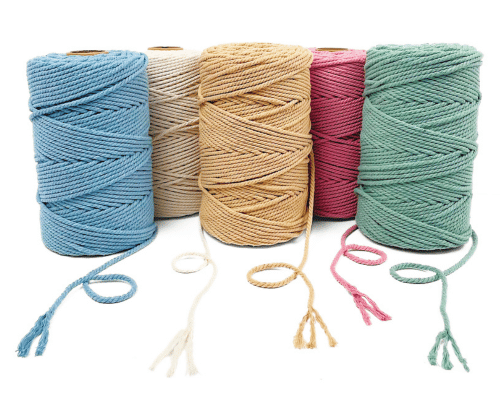
3. Braided Macrame Cord
Braided macrame cord is another variation that offers a unique texture and visual appeal.
It is created by intertwining multiple smaller groups of fibers into braided rope.
This construction gives the cord a distinct appearance, resembling a series of interconnected loops or twists.
A braided cord is often used to add decorative elements to macramé projects, as its texture can enhance the overall aesthetic.

The type of macrame cord you pick can totally change the game for your project.
Single-strand cord is like that smooth, flexible friend who’s always ready for anything—perfect for creating soft, flowy designs.
On the other hand, 3-ply cord is your go-to when you need something with a bit more oomph—it’s strong, textured, and ideal for bigger, more durable projects.
And if you’re looking to add some flair, braided cord brings a decorative touch, adding depth and a bit of visual wow to your pieces.
Each cord has its own personality, so the fun part is choosing the one that matches your project’s vibe and style.
Macrame Cord Material
Macrame cord is the backbone of every macrame project.
It's the key ingredient that lets you turn simple knots into stunning wall hangings, plant holders, jewelry, and so much more.
There are a wide variety of cords out there, each with its own vibe and unique characteristics. Whether you’re going for soft, flowy, bold, or sturdy, picking the right cord is crucial to bringing your vision to life.
In this guide, we’ll explain the most common types of macrame cords and their best uses so you can choose the perfect one for your next project.
Pro Tip: Haven’t picked your first project yet?
Check out our Selecting Your First Macrame Project blog for great beginner-friendly ideas!
Cotton
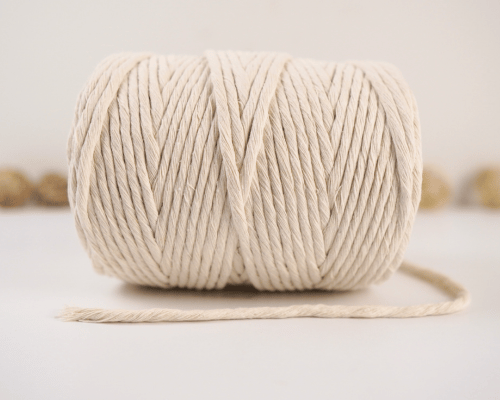
Cotton macrame cord, prized for its softness, is a foundational material for various crafting projects.
Whether you're a seasoned artisan or a newcomer to the world of macrame, this cord's pliability, the myriad color options, and cord type options (single strand, 3-ply, and braided) make it an excellent choice for your modern macrame endeavors.
With cotton cord, the crafting possibilities are virtually boundless, allowing you to infuse your unique style into each new knot and design element.
From captivating wall hangings that transform your living space into an artistic sanctuary to delicate jewelry pieces that accentuate your style, cotton macrame cord is the artisan's go-to for achieving intricate designs and textures.
It's the perfect material for crafting everything from plant hangers to dreamcatchers, giving your creations a touch of bohemian or rustic charm.
With its soft, inviting feel and the ability to effortlessly incorporate various knotting techniques due to the delicate nature of the cotton, this also makes it one of the best cords for making a fringe.
The thin fibers make it easy to brush through, giving your piece that soft and lush-looking fringe.
The neutral “natural” or off-white color represents the modern era of macrame and is the most in style.
Nylon
As cotton macrame cord offers unique qualities, nylon cord steps into the creative spotlight with distinct attributes.
Paracord is typically made of nylon, and this cord boasts durability and a subtle sheen that can elevate your macrame projects to a whole new level.
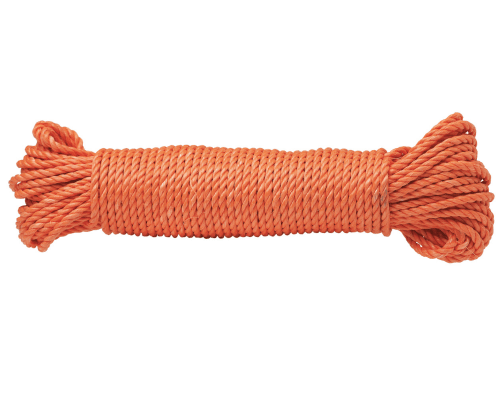
Paracord is praised for its durability and resistance to fraying, which makes it a dependable choice for projects that need to withstand the test of time.
The nylon cord is, however, typically not used as a part of your bohemian-inspired knotting projects, with some complaining about the plastic look of the cord. The nylon cord is most popular for craft projects that require durability.
For beginners, nylon is recommended for practicing knots due to its ease of unraveling in case of knotting errors.
Jute
Shifting our focus from the sleek and modern to the natural and rustic, let's dive into the world of Jute macrame cord.
Jute cord is celebrated for its authentic, earthy appearance and rougher texture, making it an appealing choice for those who appreciate the beauty of all things natural.
Whether you're an experienced macramé artist or a newcomer drawn to the charm of rustic aesthetics, jute cord provides an opportunity to incorporate a touch of the natural world into your projects.
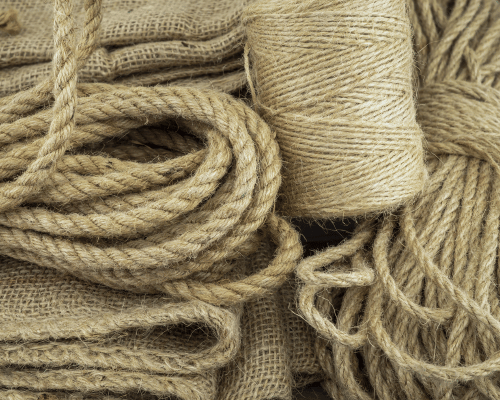
Jute macrame cord is the material of choice when you want to imbue your creations with a bohemian or earthy vibe.
Its natural, eco-friendly appeal is perfect for crafting plant hangers, wall hangings, and dreamcatchers that seamlessly blend with nature-inspired décor.
The textured quality of the Jute cord adds depth and character to your projects, and its versatility allows you to experiment with various knotting techniques to create one-of-a-kind pieces.
Whether aiming to craft cozy home accents or unique fashion accessories, Jute macrame cord invites you to embrace the rugged charm of the great outdoors in your creative endeavors.
Polyester
Now, let's turn our attention to a material that combines strength and style: polyester macrame cord.
Polyester cord offers a versatile alternative for macrame enthusiasts.
It balances durability with a polished appearance, making it the best option for outdoor macrame!
Polyester macrame cord is an excellent choice when you’re looking for both longevity and a contemporary look.
Its durability and resistance to fading and fraying make it suitable for projects intended to withstand the test of time.
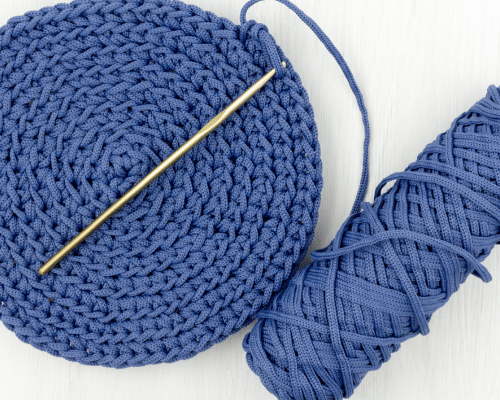
Polyester's subtle shine adds a touch of sophistication to your macrame creations, making it a favored option for those looking to infuse a polished and modern sensibility for dog collars, dog leashes, or outdoor projects.
Polyester macrame cord offers many possibilities for crafting that is durable and elegant.
Hemp
Turning our gaze to a material that embraces sustainability and a raw, natural beauty, we venture into the world of Hemp macrame cord.
Hemp cord, with its eco-friendly qualities and distinctive texture, is an enticing choice for those who appreciate the earthy aesthetics and environmental consciousness of their crafting materials.
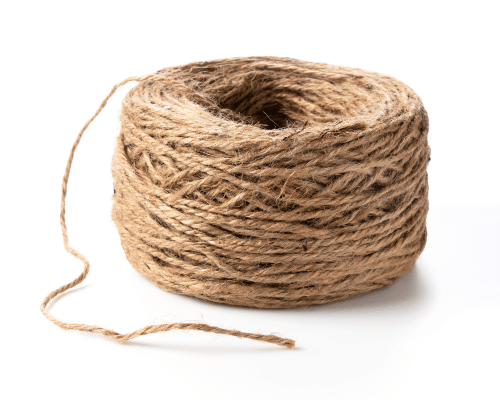
Whether you're an experienced macramé artisan or a newcomer curious about the charms of sustainable crafting, Hemp cord beckons you to infuse your projects with a touch of nature.
Hemp macrame cord excels in capturing the essence of rustic and eco-conscious crafting.
Its rough, authentic texture adds character to your creations, making it ideal for plant hangers, wall hangings, and jewelry that seamlessly integrates with natural and bohemian décor.
The eco-friendly nature of Hemp cord aligns with a sustainable lifestyle, allowing you to craft mindfully.
However, it should be noted that hemp fibers are rough and thick, especially in comparison to cotton, so they are not well-suited to making projects with a fringe.
Create eco-conscious home accents and environmentally friendly accessories with Hemp macrame cord.
Embrace sustainable crafting and connect with the world through your creative endeavors.
Waxed Cord
Waxed macrame cord stands out in the world of macrame for its unique combination of resilience and versatility.
The wax coating adds water resistance and provides stiffness, ensuring your macrame creations maintain their shape over time.

Our favorite use for waxed cords is micro-macrame projects, such as jewelry and accessories, which benefit from durability and a polished appearance.
Waxed cord is also great for traditional micro macrame projects because the ends can be burned off and fused with the macrame itself!
Working with waxed macrame cords may require a slightly different approach than uncoated cords.
The waxed surface provides a firmer grip when knotting, allowing for more precise and stable creations.
Remember that the wax can wear off with time and use, contributing to the cord softening and taking on a more natural feel.
Crafters often value this development as it adds personality to their macramé pieces.
Macrame Yarn
Delving further into macrame materials, let's shine a spotlight on yarn for macrame.
Before reading further, it must be noted that yarn or wool would be challenging to use when used on its own for macrame.
Often, yarn or wool is used with a sturdier cord like cotton as they are not strong enough to retain shape well.
Usually, when yarn and macrame cords are used together, we use them in macraweaves.
Using yarn for macrame projects will make your art stand out, especially if you want to experiment with textures and colors.
Thick or thin regular yarn allows for unique macrame patterns and designs, bringing depth to your creations.
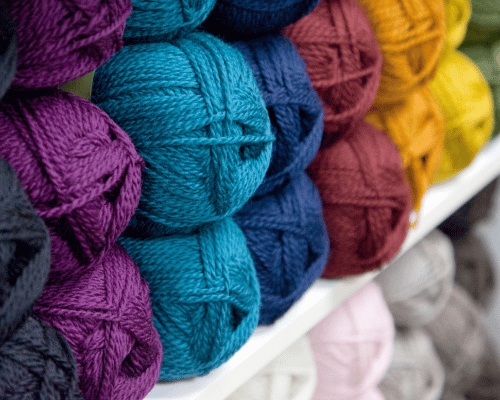
The choice of macrame cord depends on the project's design, purpose, and personal preferences.
Thicker cords are suitable for larger, more substantial pieces, while thinner cords are ideal for intricate details and jewelry.
The color and texture of the cord also play a significant role in achieving the desired aesthetic for a macrame creation.
As you gain experience in macrame, you'll become more familiar with the different cord options and their uses, allowing you to make informed choices for your projects.
Choosing the Right Macrame Cord
As a novice in the world of macrame, choosing the right cord for your projects can be a challenge - especially if you’re looking to experiment!
So, we have put together the seven essential qualities to consider when selecting your macrame cord.
- Composition: The material from which your macrame cord is crafted is paramount. Traditionally, macrame artisans favored fibers like hemp and jute. However, the availability of artificial fibers like nylon and polyester has expanded the horizons of macrame cord choices.
- Strength: The robustness of your macrame cord is primarily determined by its composition. Cords made from jute, leather, and nylon are known for their durability.
- Twist: The manner in which the cord's individual strands are twisted or braided during manufacturing significantly impacts its strength. Braided macrame cords are less prone to unraveling compared to twisted ones. To prevent unraveling, it's advisable to treat cord ends by tying Overhand knots or wrapping them with tape.
- Stiffness: Macrame cords should be flexible enough to conform to pattern requirements. For delicate projects like bracelets or necklaces, opt for thinner cords, such as cotton embroidery threads, which offer softness and pliability.
- Texture: Consider the cord's texture, as rough surfaces may irritate the skin. Very rough and metallic cords are less suitable for necklaces and bracelets. Instead, opt for materials like nylon, silk, or cotton, which are more skin-friendly. Leather can also be used, as it tends to soften with use.
- Diameter or Width: The thickness of your macrame cord, typically measured in millimeters (mm), should match the requirements of your project. Consider whether the cord needs to be threaded through beads, buttons, or other embellishments.
- Amount or Quantity: The quantity of cord refers to the length required for your entire project. Macrame cords are available in various packaging sizes, from large rolls to shorter lengths.
Ultimately, your choice of macrame cord should align with your project's requirements and vision, considering material, strength, texture, and diameter factors.
Whether you opt for traditional favorites like hemp or explore modern options like cotton, each cord type offers unique advantages to enhance your macrame creations.
Choosing the Right Size of Macrame Cord
When it comes to macrame, one critical decision you'll need to make is selecting the right cord size for your project.
Macrame cord typically comes in various thicknesses, with the most common cord sizes being 3mm, 4mm, and 5mm. Additionally, thinner options, like 1mm and 2mm cords, serve their unique purposes.
Size: 1mm and 2mm Cord
1mm and 2mm cords are the fine threads of the micro-macrame world.
These delicate cords are excellent for crafting intricate jewelry like bracelets, necklaces, and earrings.
They allow you to create detailed and precise knot work and offer your accessories a dainty, elegant finish.
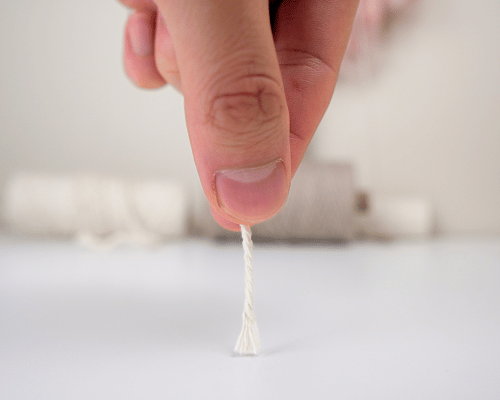
Size: 3mm, 4mm, and 5mm Cord
On the other end of the spectrum, 3mm, 4mm, and 5mm cords are thicker and more substantial.
They are well-suited for all macrame projects, from small keychains to larger wall hangings.
The choice among these three sizes often depends on the scale and style of your project.

A 3mm cord offers a more delicate look, while a 5mm cord provides a bolder, chunkier appearance.
The 4mm cord is a versatile middle-ground option that works well for many projects, balancing detail and sturdiness.
Ultimately, your choice of cord size should align with your creative vision and the specific demands of your macramé project, allowing you to achieve the desired aesthetic and functionality.
Size: 8mm+
Macrame cords with a thickness of 8mm or more are the heavyweights of the macrame world.
Their substantial size and strength make them ideal for large-scale projects that demand durability and presence.
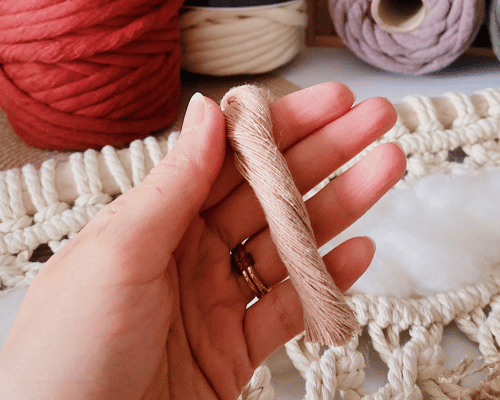
These cords are commonly used to add varying textures when crafting wall hangings, plant hangers, and other substantial décor pieces.
Their size allows for bold and intricate knotwork, resulting in stunning designs that can become striking focal points in your space.
If you want to create statement pieces with a substantial visual impact, an 8+ mm macrame cord is your go-to choice.
What Do We Recommend?
One of the biggest questions we receive is about choosing the type of cord to use when you start your macrame journey.
My personal favorite and recommendation a tightly twisted single-strand cotton cord.
Regarding macrame, single-strand cotton cord emerges as a versatile and dependable choice for crafters of all levels.
Its softness and pliability make it an excellent canvas for intricate knotwork, allowing you to create stunning patterns and detailed designs.
Cotton cord is also the best material for creating fringes on macrame projects because it can be brushed out easily.
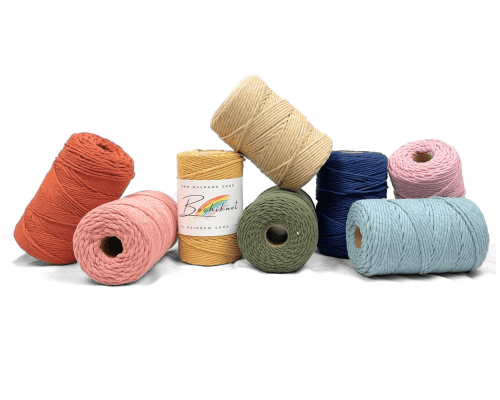
Its availability in various thicknesses and a broad spectrum of colors opens up endless possibilities for customization, making single-strand cotton macrame cord an indispensable staple in your macrame toolkit.
While single-strand cotton macrame cord is renowned for its softness and flexibility, you may seek more structural integrity for specific projects.
Enter the 3-ply cotton macrame and braided macrame cord, both reliable alternatives.
These cords enhance durability and a textured aesthetic, making them excellent choices for more robust macrame creations.
Whether you're crafting intricate wall hangings, plant hangers designed to hold heavier pots, or macrame swing that needs to withstand the elements, both 3-ply and braided macrame cords rise to the occasion, ensuring your projects maintain their shape and strength over time.
Other than the subtle differences in their textured appearances, the main difference between 3-ply and braided is the ability of 3-ply to fringe.
After separating the three individual strands of the 3-ply cord, you can still run a macrame comb through to create soft fringes, whereas fringe braided cords would be very difficult.
In summary, whether you opt for the softness of single-strand or the sturdiness of 3-ply and braided, all three varieties of cotton macrame cords empower you to explore your creative potential and bring your visions to life.
What Can Be Made With Macrame Cord?
Macrame cord is a versatile crafting material that can be used to create various decorative and functional items.
If it can be knotted, you can use it for many beautiful macrame projects.
Below are 11 popular macrame projects that can be made with macrame cords, listed by type of project.
Macrame Wall Hangings
Macrame wall hangings are one of this cord's most iconic and artistic uses.
Crafters can design intricate patterns and textures to create stunning wall art pieces.
WATCH VIDEO: The Ultimate Beginner's Guide To Making a Large Macrame Feather Wall Hanging
Macrame Plant Hangers
Macrame plant hangers are a stylish way to display your indoor plants.
They come in various designs and sizes to accommodate different pot shapes and sizes.
WATCH VIDEO: How to Macrame a Plant Hanger in Under 10-Minutes | Quick, Easy and Stylish! Perfect For Your Home
Macrame Jewelry
Thin macrame cord is excellent for making micro-macrame bracelets, necklaces, and earrings.
You can incorporate beads and various knots to create unique jewelry pieces.
WATCH VIDEO: DIY Macrame BOHO Feather Earrings | Beginner Friendly
Macrame Dreamcatchers
Macrame cord is perfect for creating dreamcatchers, offering both strength and style. You can add feathers, beads, and other personal touches to make each one unique.
One of my favorites is a unicorn dreamcatcher I made, combining pastel cords, beads, and a sparkly unicorn horn for a magical vibe.
Dreamcatchers are super customizable, making them a fun and creative project for any space.
WATCH VIDEO: Easy Macrame DIY: How To Make A Unicorn Dreamcatcher Tutorial
Macrame Home Decor
Macrame is a great way to create beautiful and functional home decor items.
With a textured table runner, you can make elegant curtains that let light shine through or add a rustic touch to your table.
Macrame cushion covers give your furniture a cozy, handmade look, and room dividers help create open spaces with style.
These pieces serve a purpose and add a unique, creative feel to your home.
WATCH VIDEO: No-Fringe Flower Coaster Using an Intricate Macrame Techniques | Intermediate DIY Tutorial
Macrame Handbags and Purses
Many crafters use macrame cords to create unique bags and purses, blending style and function in a single piece.
With intricate knots and patterns, macrame bags can be customized in various designs, from chic, boho-inspired handbags to practical, sturdy totes.
These handmade accessories are not only eye-catching but also durable, making them perfect for everyday use or special occasions.
WATCH VIDEO: How to DIY a $2000 Prada Macrame Net Bag For $8
Macrame Curtain Tiebacks
Macrame cord is perfect for crafting decorative curtain tiebacks, adding a charming and elegant touch to your window treatments.
The intricate knots and patterns enhance the look of your curtains and bring a handmade, bohemian vibe to your room.
You can customize the tiebacks with beads and tassels or mix different textures to match your decor.
Whether you're going for a subtle accent or a bold statement, macrame tiebacks offer a unique, artistic way to dress up your windows while serving a practical function.
WATCH VIDEO: DIY Simple Macrame Curtain Tie & Tassel Keychain
Macrame Pet Collar Accessories
With macrame cord, you can make stylish and personalized pet accessories like dog collars and leashes, giving your pet's gear a unique, handmade look.
You can choose the colors, patterns, and even add beads or charms to match your pet's personality.
Macrame collars and leashes aren't just cute—they're also strong and comfortable, perfect for everyday walks.
Creating your own pet accessories is a fun way to show love for your furry friend while making something practical and beautiful.
WATCH VIDEO: DIY How to Make a Macrame Dog Collar | Daisy Pattern
Macrame Garments
More experienced crafters use macrame cords to create clothing items like vests, tops, and belts.
These projects need a higher skill level in macrame, but we offer intermediate and advanced patterns in our Bochiknot Macrame Community.
WATCH VIDEO: DIY Macrame Skirt: A Fashionable Project for Any Skill Level | Boho Fringe Skirt Tutorial
Macrame Fashion Accessories
Macrame can be used to create a variety of accessories like headbands, keychains, and even wall-mounted organizers.
If you’re just starting out, a simple keychain is a great beginner project. It’s easy to make and helps you learn basic macrame knots while creating something useful.
WATCH VIDEO: How to DIY A $300 ZIMMERMANN Macrame Headband for Only $3!
Macrame Wedding Decor
Macrame brings a beautiful, bohemian touch to wedding decor and can be used in so many creative ways.
Imagine a stunning macrame backdrop framing your ceremony, intricate table runners adding texture to your reception tables, or even your bouquet wrapped in delicate macrame for a personal, handcrafted touch.
Whether it's small accents or larger statement pieces, macrame can truly elevate your wedding decor.
If this is a tune you vibe with, I’ve got a whole playlist of videos on YouTube featuring all the macrame wedding pieces I made for my own wedding
WATCH VIDEO: DIY Macrame Flower Wedding Bouquet Wrap
Where to Buy Macrame Cord?
When it comes to purchasing macrame cord, you have several options, each with its advantages and considerations:
ETSY
ETSY is an excellent platform for sourcing macrame cords, especially if you prioritize quality craft supplies.
Many independent sellers and artisans offer various macrame cords, including various materials, colors, and thicknesses.
Shopping on Etsy allows you to support small businesses and find unique, handcrafted cord options that may not be readily available elsewhere.
BOCHIKNOT
At Bochiknot, we specialize in providing high-quality macrame materials; we only offer a carefully curated selection of cords, kits, and accessories, ensuring that you receive premium supplies for your macrame projects.
Bochiknot also sells the full range of other macrame tools to help you level up your macrame skills.
AMAZON
Amazon is popular for macrame cord shopping due to its quick shipping and affordability.
Many sellers on Amazon offer various cord options at competitive prices; however, you must make sure you choose a reliable seller on the platform that won’t just sell subpar-quality cord.
Bochiknot is available on Amazon, making it convenient for those seeking quality materials with the added benefit of fast shipping.
LOCAL CRAFT STORES (e.g., Michaels or Hobby Lobby)
These craft stores are great if you want your macrame cord immediately.
But there are some drawbacks to consider - macrame cords at these stores are often sold in smaller quantities and may be more expensive per yard than purchasing in bulk online.
Additionally, the selection of cord materials and colors may be limited in physical stores.
Where you buy a macrame cord depends on your specific needs and priorities.
Etsy and dedicated macrame websites like Bochiknot.com are excellent for high-quality materials and unique options.
Amazon offers quick shipping and affordability, especially with the availability of trusted brands like Bochiknot.
Local craft stores can be convenient for last-minute purchases but may offer different variety and cost-efficiency than online options.
Ultimately, your choice of platform should align with your project requirements and preferences.
Dyeing Your Cord
Dyeing your macrame cords opens up a world of creative possibilities.
It lets you play with a wide range of colors, giving you the flexibility to achieve the exact shades you want for your projects.
Whether you’re going for soft pastels, bold tie-dye effects, or unique color combinations that match your style, dyeing cords allows you to customize your macrame in a way that’s truly personal.
I remember the first time I dyed my own macrame cords—I was a bit nervous, but once I got started, I couldn’t stop experimenting with different colors.
The process was so fun and hands-on, and the results were incredible. I even made a video tutorial to show how it’s done, sharing step-by-step tips and tricks for getting the perfect color.
If you want to see how easy it is to dye your own cords, you can check out the video!
For at-home dyeing, my favorite go-to is Rit Dye.
It works on natural fibers like cotton, wool, and silk, as well as synthetics like nylon and rayon, so you can dye just about any macrame cord you’re working with.
Plus, their wide range of color options is perfect for creating all those beautiful designs you’ve been dreaming of.
Here is the dye product I use: Rite Dye
While dyeing your cord offers a personalized touch, it's worth noting that the landscape of macrame supplies has evolved.
In the past, colored cord was often more expensive than natural undyed options.
However, many affordable pre-dyed cord options are available in various colors and finishes today.
These readily available colored cords save you the time and effort of dyeing and come in various hues to suit your needs.
This convenience can be especially advantageous when working on projects with specific color requirements or tight timelines.
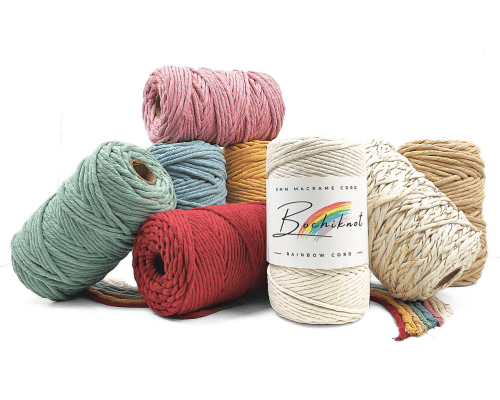
Bochiknot's Rainbow cotton cord line is always an excellent choice for beautiful macrame decorations.
What sets these cords apart is their commitment to sustainability and eco-friendliness. They are crafted from recycled cotton and certified 100% chemical-free.
This eco-conscious approach aligns perfectly with the values of environmentally-conscious crafters.
Macrame Tools
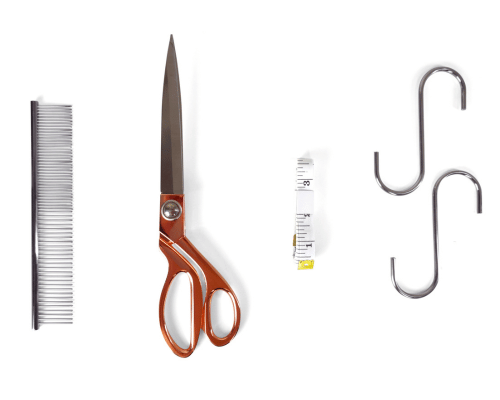
With its detailed knotting and weaving, Macrame is a creative craft that requires focus and care.
Having the right tools on hand is important to ensure that your projects turn out just the way you want them to.
Here’s a look at ten basic supplies and tools every macrame maker should have in their toolkit:
Sharp Scissors
A high-quality pair of scissors is a macrame essential.
Whether working with delicate threads or thick cords, sharp scissors with clean, precise cutting edges ensure that your projects maintain a polished appearance.
They are particularly crucial when trimming excess cord, snipping away frayed ends, or making intricate cuts in your macrame work.
Look for scissors that are comfortable to hold for extended periods, as macrame projects can be time-consuming.
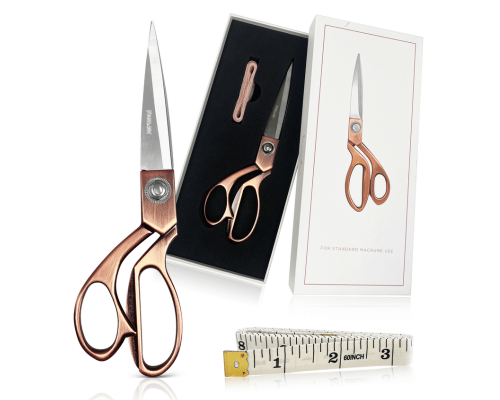
Measuring Tape
Accurate measurements are the backbone of successful macrame projects.
A measuring tape is essential for ensuring that your cord strands are the correct lengths, your work is the right size, and that knots are evenly spaced.
It can also be used to maintain symmetry and precision in your designs.
When choosing a measuring tape, use metric and imperial measurements to accommodate various patterns and preferences.
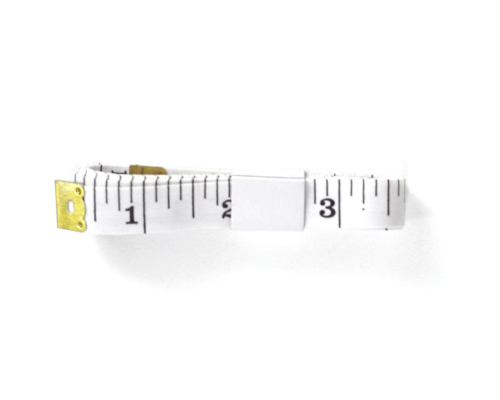
Fringe Comb
A stainless steel fringe comb is a MUST-HAVE when working on projects with fringe, such as feathers or tassels.
This comb allows you to separate and comb through the fibers, ensuring they are even and neatly aligned.
Stainless steel combs are durable and resistant to rust, making them ideal for long-term use in your macrame projects.
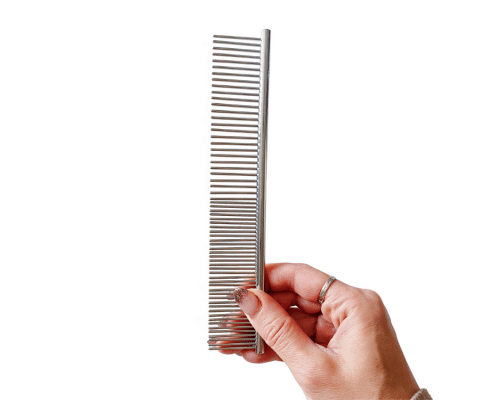
Crochet Hook
A crochet hook is a versatile tool for macrame enthusiasts.
It is handy for pulling cords through tight spaces, untangling knots, and fixing mistakes without unraveling your entire project.
The pointed end of the crochet hook allows for precision, while the hook-shaped end provides excellent control when working with cords.
When choosing your crochet hook, it is best to match it to the size of your cord.
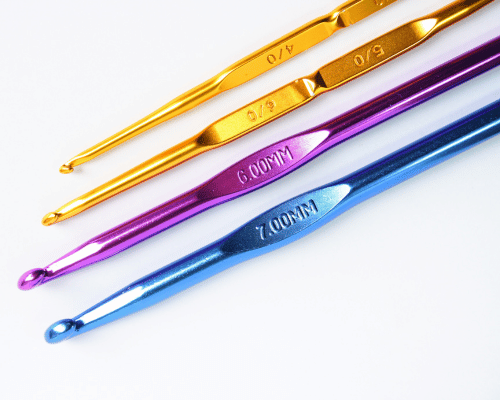
Cord Dispenser
A cord dispenser is a game-changer for macrame projects.
It keeps your cords organized, prevents tangling, and ensures you have readily available cord length.
Cord dispensers come in various designs, from simple spools to more sophisticated systems that allow for easy unwinding as you work.
Tape
Tape is like a secret weapon in macrame. It’s super handy for a bunch of things.
Need to stop your cords from unraveling while you knot?
A little tape does the trick.
Want to keep your measurements spot-on and your patterns evenly spaced?
Tape to the rescue
And if you’re starting out, taping your project to the table is a budget-friendly way to keep everything secure while you work.
It’s one of those simple, everyday items that becomes a lifesaver in macrame.
With all these uses, it’s no surprise that tape is an absolute must-have in your macrame toolkit.
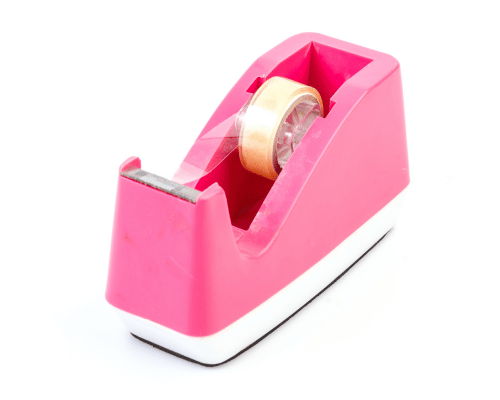
Glue
While not always necessary, glue can be a helpful addition to your macrame toolkit.
It can secure the ends of cords, preventing them from unraveling.
Also, glue securely lets you attach embellishments such as beads or decorative elements to your macrame projects.
Choose a clear, quick-drying craft glue for the best results.
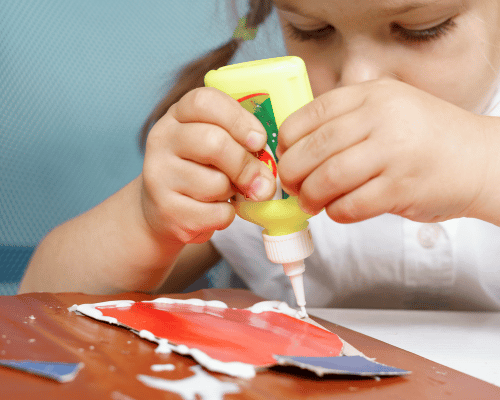
Needle and Thread
When it comes to projects with bag clasps, buttons, or any finer details, a needle and thread are total game-changers!
Sure, macrame is all about those gorgeous knots, but sometimes you need that extra precision to attach small but important bits.
Needle and thread let you easily add delicate embellishments—think beads, clasps, or buttons that elevate your design.
They’re perfect for stitching those finishing touches or securing tricky spots that need just a little more finesse than knots alone can offer.
Having a needle and thread in your toolkit is like having a secret superpower when your macrame project needs a touch of extra detail.
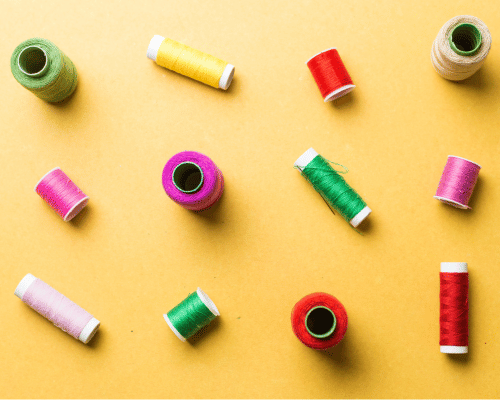
Cork Pad and Pins
A cork pad (aka a macrame board) provides a stable and cushioned surface for your macrame work.
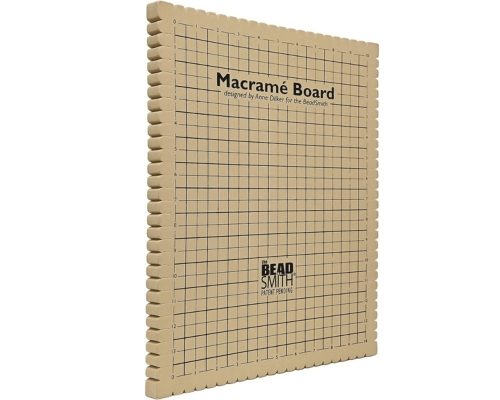
A macrame board protects your work surface from damage.
It prevents the piece of macrame cord from slipping and sliding, ensuring you can create beautiful pieces precisely and efficiently, especially as a macrame beginner.
Pins help hold cords in place while you work, especially in projects with small, intricate patterns, such as friendship bracelets.
They can help maintain symmetry and alignment, ensuring your macrame creations turn out as you envisioned.
Look for pins with flat heads that won't snag or damage your cords.
S-Hooks
S-hooks are super handy for macrame, especially when you're setting up a vertical workstation.
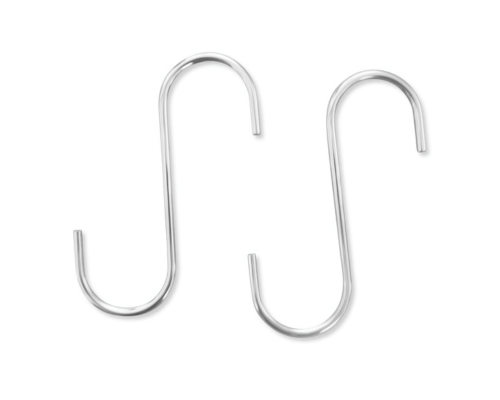
They make it so much easier to hang your macrame projects vertically, whether you're working on complicated knotting patterns, checking your work, or showing off your creations.
Other Macrame Materials & Supplies
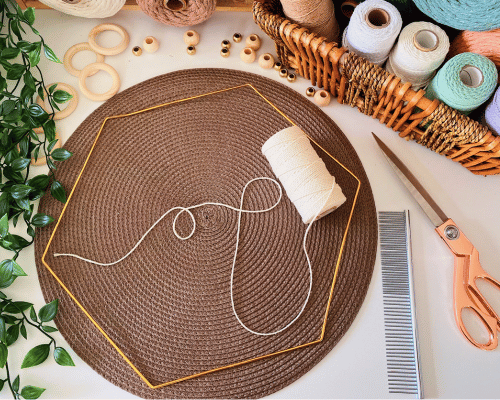
As you know by this point, macrame offers a rich canvas for creativity, and your choice of materials and supplies plays a pivotal role in shaping your projects.
For the most part, a “mounting object” is required for many macrame projects, such as key rings, wooden rings, and dowels, to name a few.
As these materials are essential to macrame, let's delve into more detail on what they are:
Wooden Dowels (for Wall Hangings or Plant Holders)
Wooden dowels are the unsung heroes of macrame wall hangings.
They’re the sturdy foundation that holds all your beautiful knots together, giving your design the perfect structure it needs to shine.

Available in different lengths and thicknesses, wooden dowels let you create wall hangings of any size or style—whether for a small, minimalist piece or an eye-catching statement wall hanging.
The best part?
They’re super easy to customize.
A little paint or stain, and you’ve got a dowel that perfectly matches your decor. Simple, stylish, and essential for any macrame project.
Wooden Rings / Metal Rings
Wooden or metal rings are sturdy anchors for macramé plant hangers and even handbags.
These rings provide a secure attachment point for your hanging pots and allow your plant hanger to hold its shape.
Wooden rings offer a natural, rustic look, while metal rings provide a sleek and modern aesthetic.
Choose the material that complements your design style.
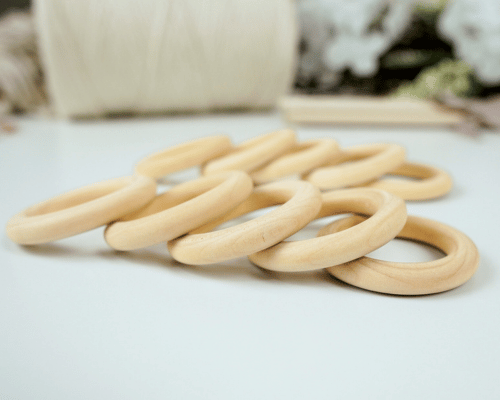
Keyrings / Lobster Clasps (for Keychains)
Keyrings and lobster clasps are both used in macrame keychain projects.
The keyring is a closed circular ring that can thread your cords through and attach your keys.
On the other hand, lobster clasps are spring-loaded, clip-shaped fasteners that allow you to attach and detach your keys easily.
The main difference is in their functionality, with lobster clasps providing more convenience for quick key access.
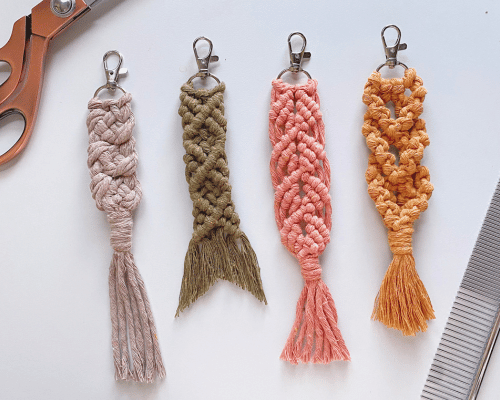
Large Metal Rings (for Mandalas or Dreamcatchers)
You may require substantial support for more extensive and more intricate macrame projects like mandalas or dreamcatchers.
Large rings or metal hoops, typically 6 inches or more extensive, serve as the sturdy framework for these designs.
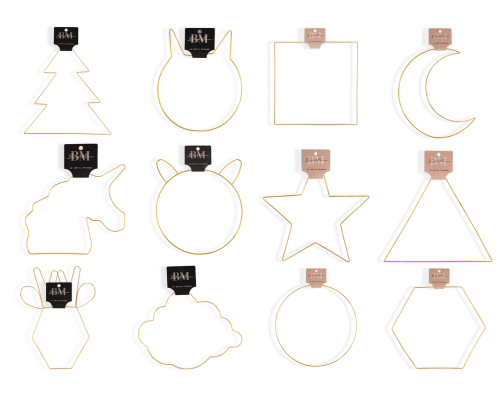
These metal hoops offer stability and structure while allowing you to create stunning, uniquely shaped patterns within the rings.
Embellishments (Beads)
Beads are a delightful addition to macrame projects, adding texture, color, and visual interest.
Though this takes some practice, you can incorporate beads into your macrame work by threading cords through them during knotting.
Beads come in various sizes, shapes, and materials, allowing you to customize your projects according to your style, preferences, and craft.
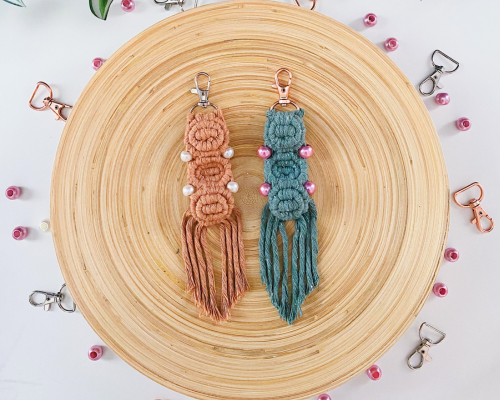
Incorporating these materials into your macrame projects opens up a world of creative possibilities, allowing you to experiment with different textures, shapes, and structural elements.
Whether you're creating wall hangings, plant hangers, keychains, mandalas, dreamcatchers, or other macramé pieces, these materials serve as essential building blocks to help you achieve your desired aesthetic and functionality.
Quick and Easy Way To Get Started With Macrame
Macrame is all about letting your creativity flow, with no strict rules to hold you back.
That’s what makes it so fun!
We know guides like this are helpful, but sometimes you just want to dive in without overthinking it.
If you're unsure about what materials and tools you need to get started, or if you just want to keep it simple with a beginner project and basic knots, the Bochiknot Macrame Welcome Kit is perfect.
It’s an easy way to jump into macrame without feeling like you're overcommitting. Just grab the kit, and you’re ready to begin your macrame journey!
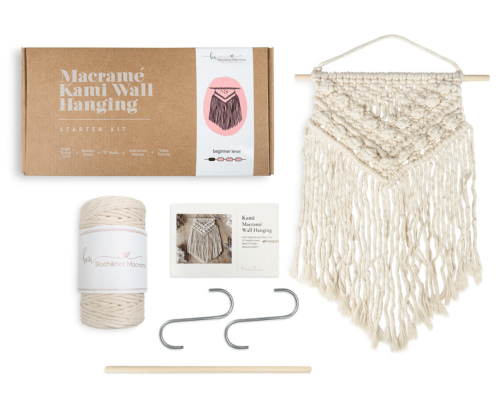
- Curated Selection: The Bochiknot Starter Kit includes a carefully chosen assortment of macrame materials, eliminating the guesswork.
- Cost-Effective: More affordable than purchasing individual materials separately, making it a budget-friendly option.
- Beginner-Friendly: Comes with basic patterns and materials, perfect for those new to macrame.
- High Quality: Bochiknot is known for top-notch materials, ensuring your projects are durable and long-lasting.
- Convenient: Everything you need is in one kit, saving you time and making it easy to start your macrame journey right away.
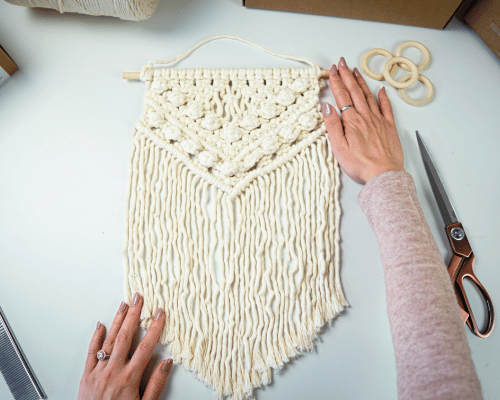
As you gather your macrame cord, supplies and tools, I hope you feel inspired and ready to tackle your first project.
I remember when I started my own macrame journey—I didn’t know what cord to pick or where to begin, and I spent hours figuring it all out.
But once I made that first knot, everything started to fall into place, and the creative possibilities felt endless.
You have a solid understanding of the basic materials and tools, so you’re well on your way!
Don't worry if things feel a bit overwhelming at first—take it one knot at a time, and you'll have something beautiful in your hands before you know it.
If you’re excited to keep going, check out the next stage of our macrame journey in the upcoming blog post.
We’ll explore more advanced techniques and projects to help you grow your skills and continue confidently creating.
Happy knotting, and I can’t wait to see what you’ll make next!
P.S. Make sure you follow us on all our socials!
Check out our Bochiknot YouTube channel for step-by-step beginner tutorials on creating stunning macramé art.
And over on Instagram, we'll be showcasing our creations and your incredible art pieces! 🌟
Much love,

P.S.
You have just completed the "Macrame ESSENTIALS: Everything You Need—Cord, Tools, & Materials" of your Bochiknot macrame journey.
To catch up on the other blogs in this series, check them out here:
- START HERE: The Complete Beginner’s Guide to Macrame
- 12 Fun & Easy Macrame Projects to HELP YOU Get Started
Up Next:
- 9 SECRET Macrame Tips You’ve Likely Never Heard Of
- Turn Ordinary into EXTRAORDINARY: Adding Embellishments to Macrame
- Knots & Knot-Tying Techniques for STUNNING Patterns
- Macrame's GOLDEN Ratio: How to PRECISELY Measure Cord for Projects
- How to Choose the BEST Macrame Cord for Your Next Project
- Introduction to Intricate Macrame Knot Patterns (MADE-EASY)
- INSPIRATION to CREATION: Your Macrame Design Guide
- Transform Your Macrame with EYE-CATCHING Design Elements
Don't forget to subscribe to our email newsletter at the bottom of this page to stay updated on all the latest tips, tutorials, and updates. You won’t want to miss out!


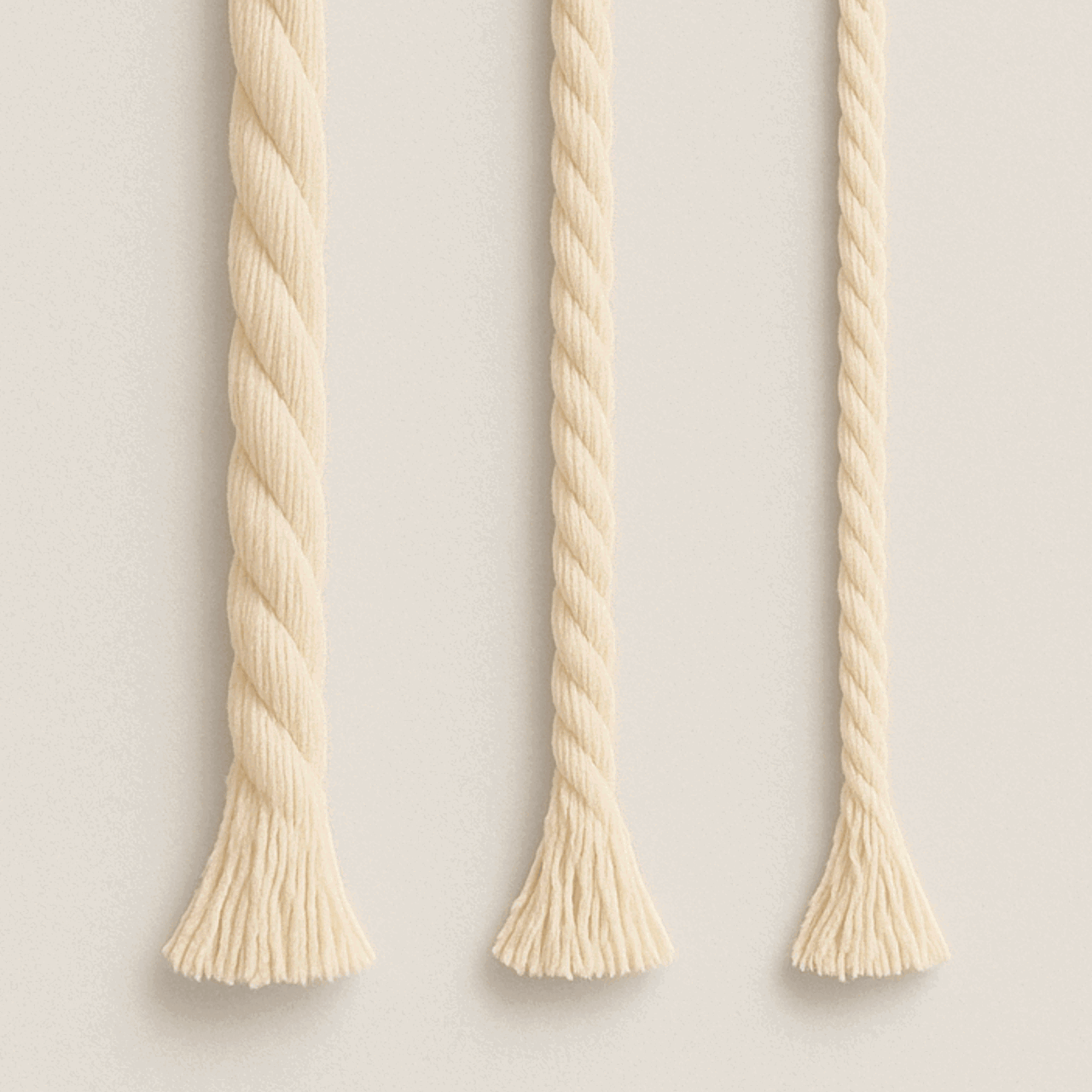
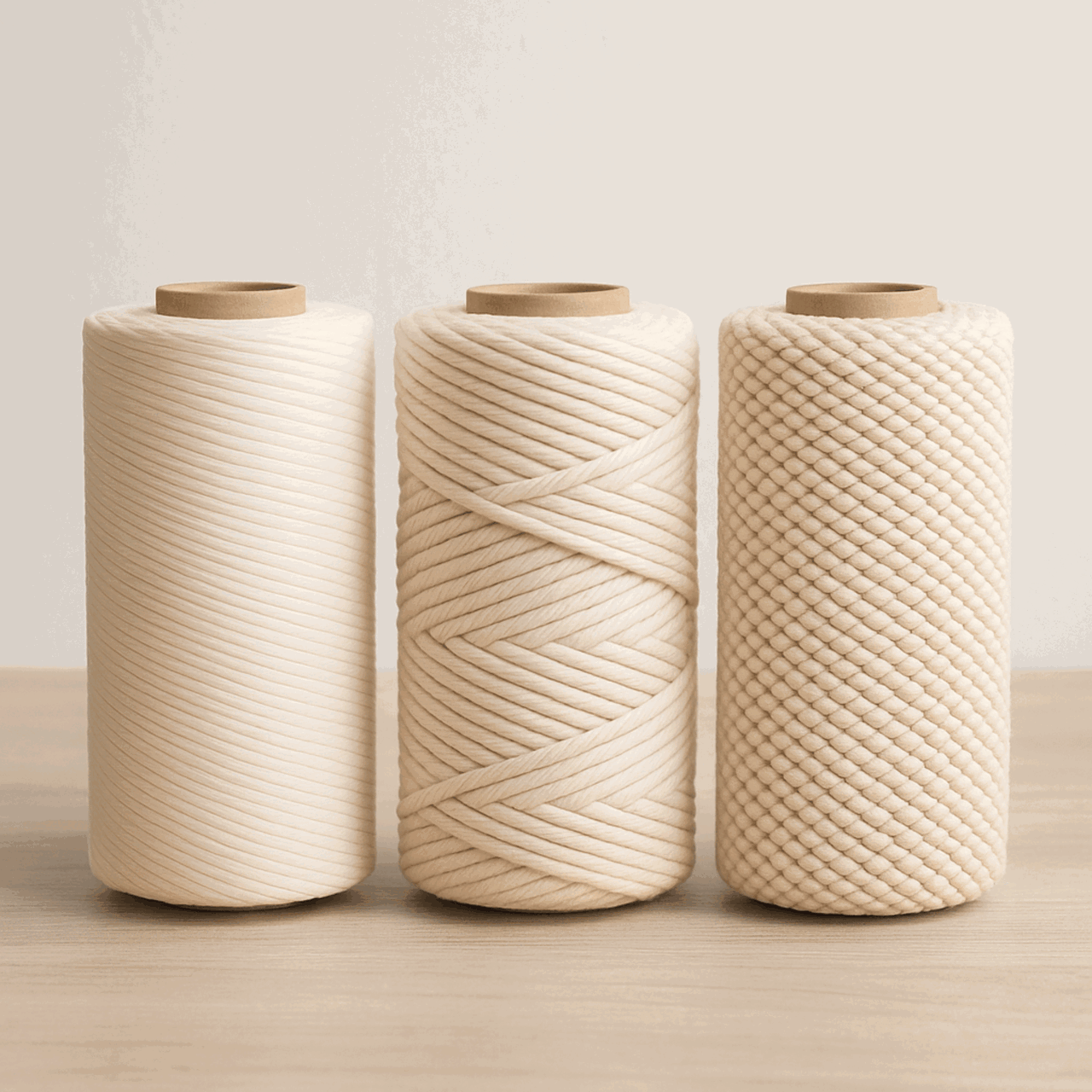
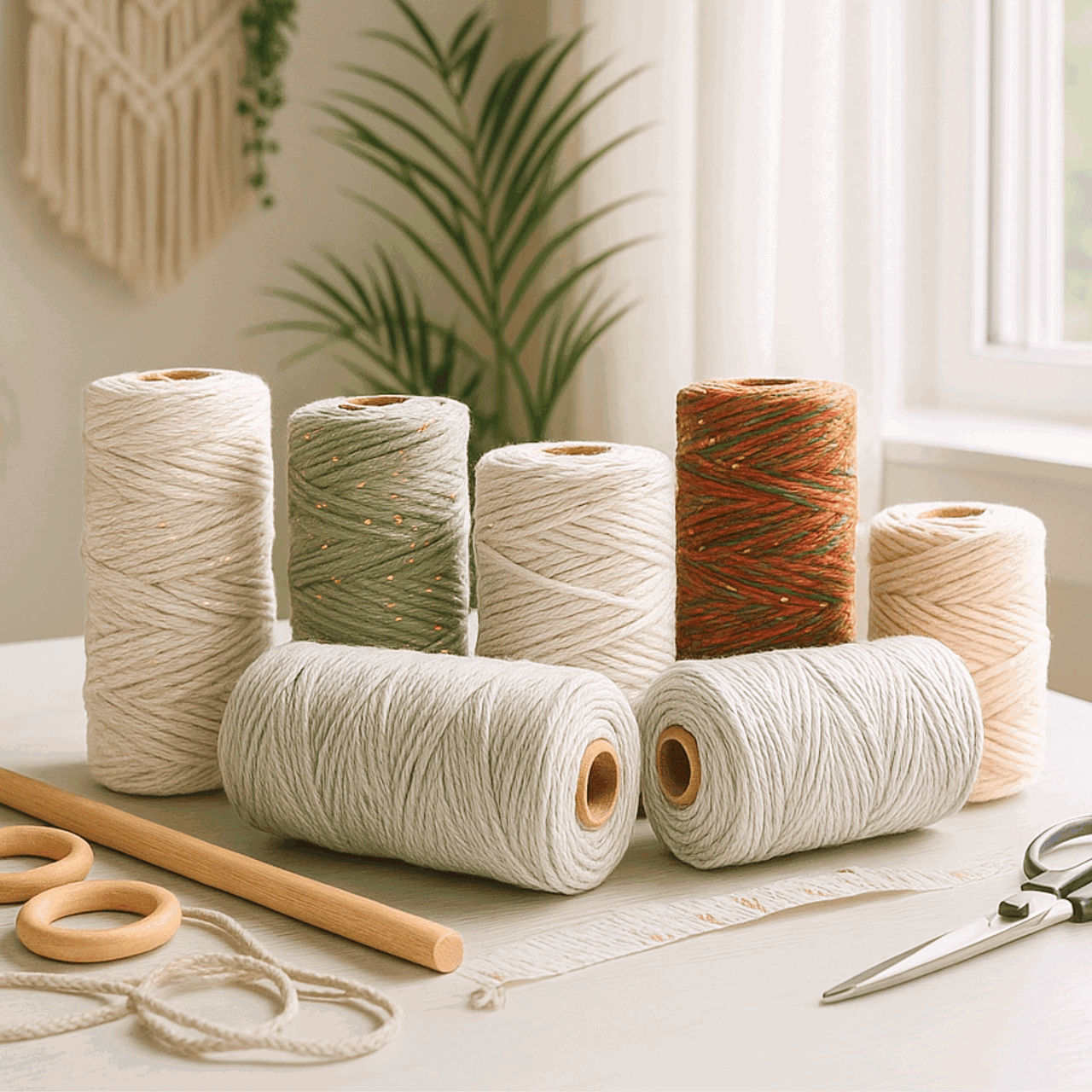
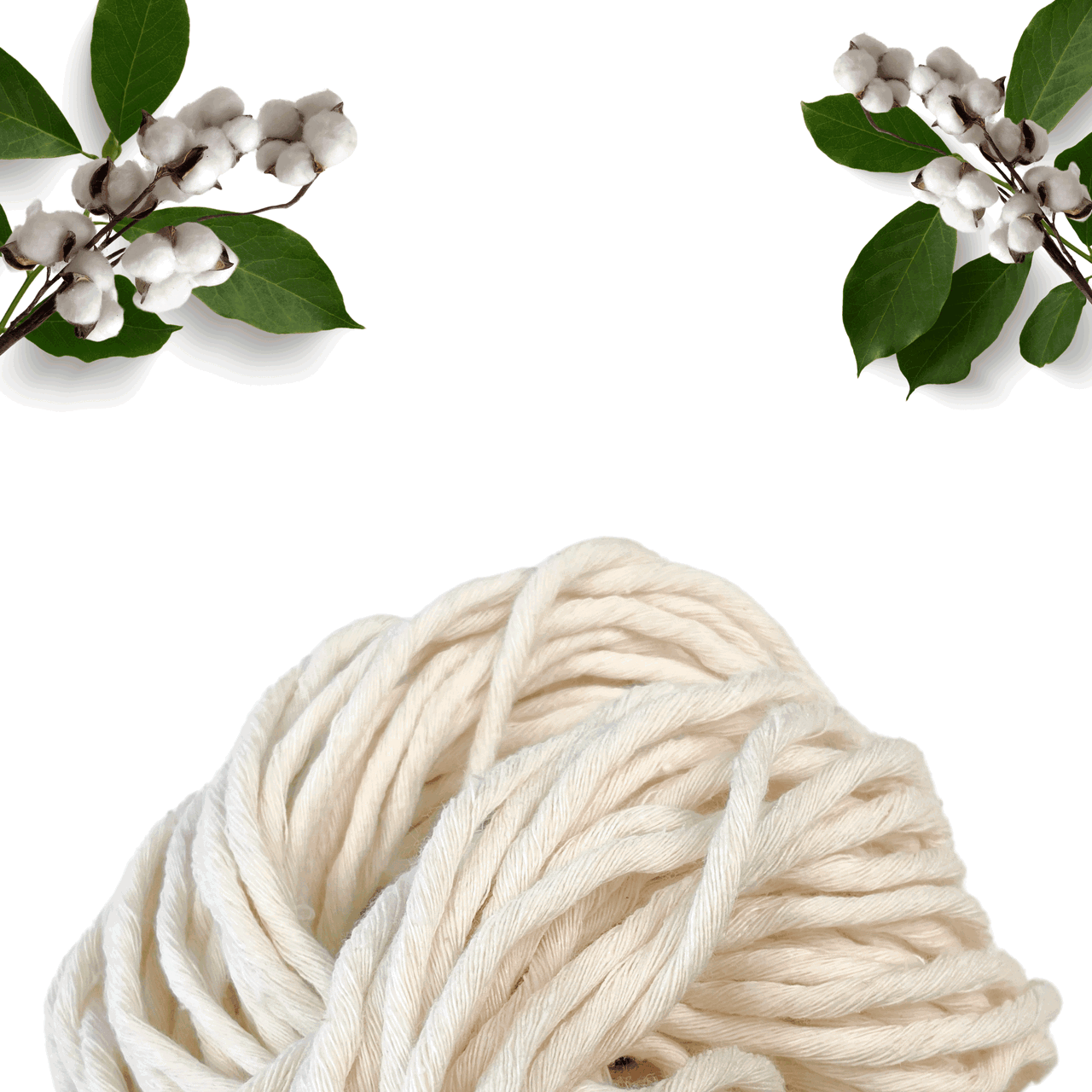

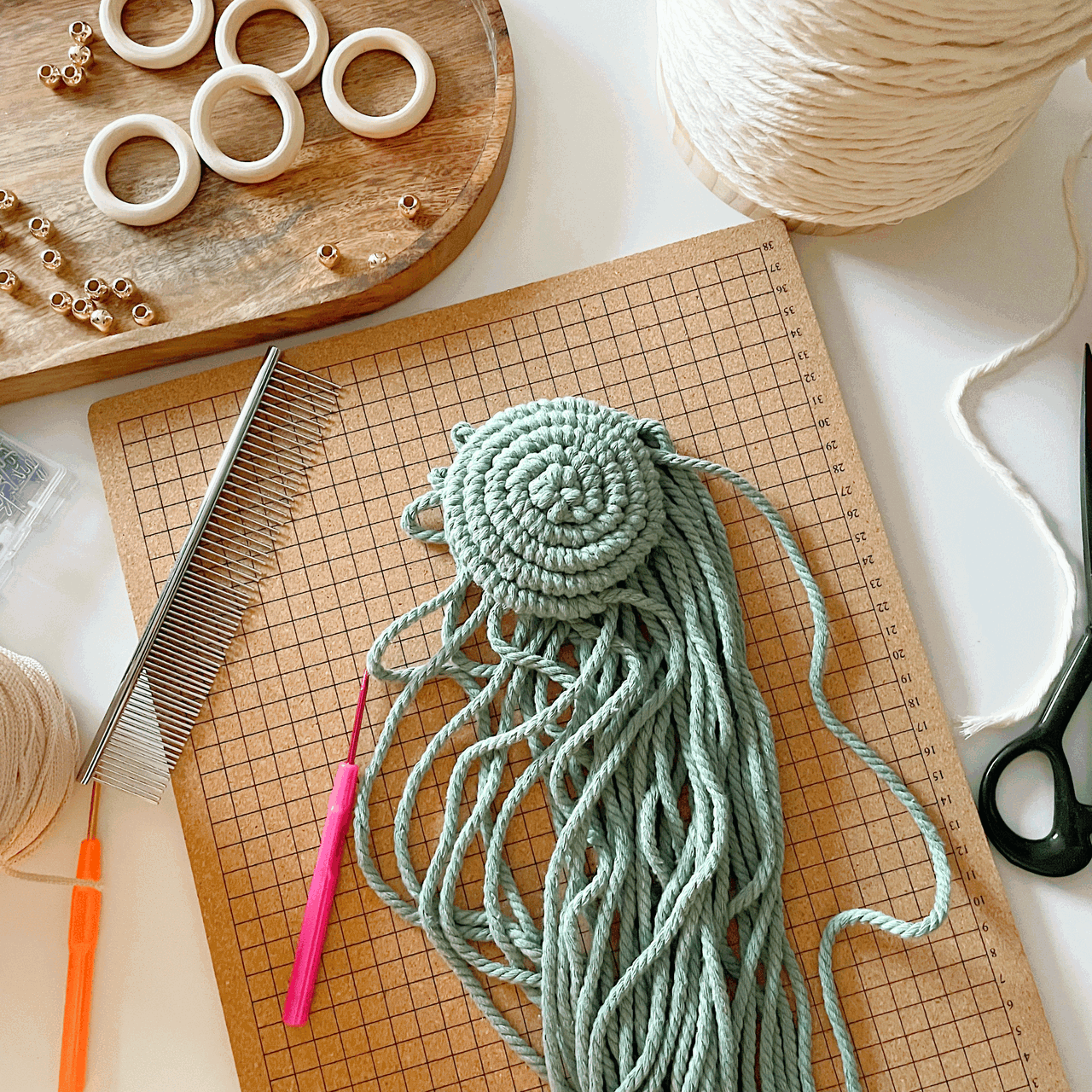
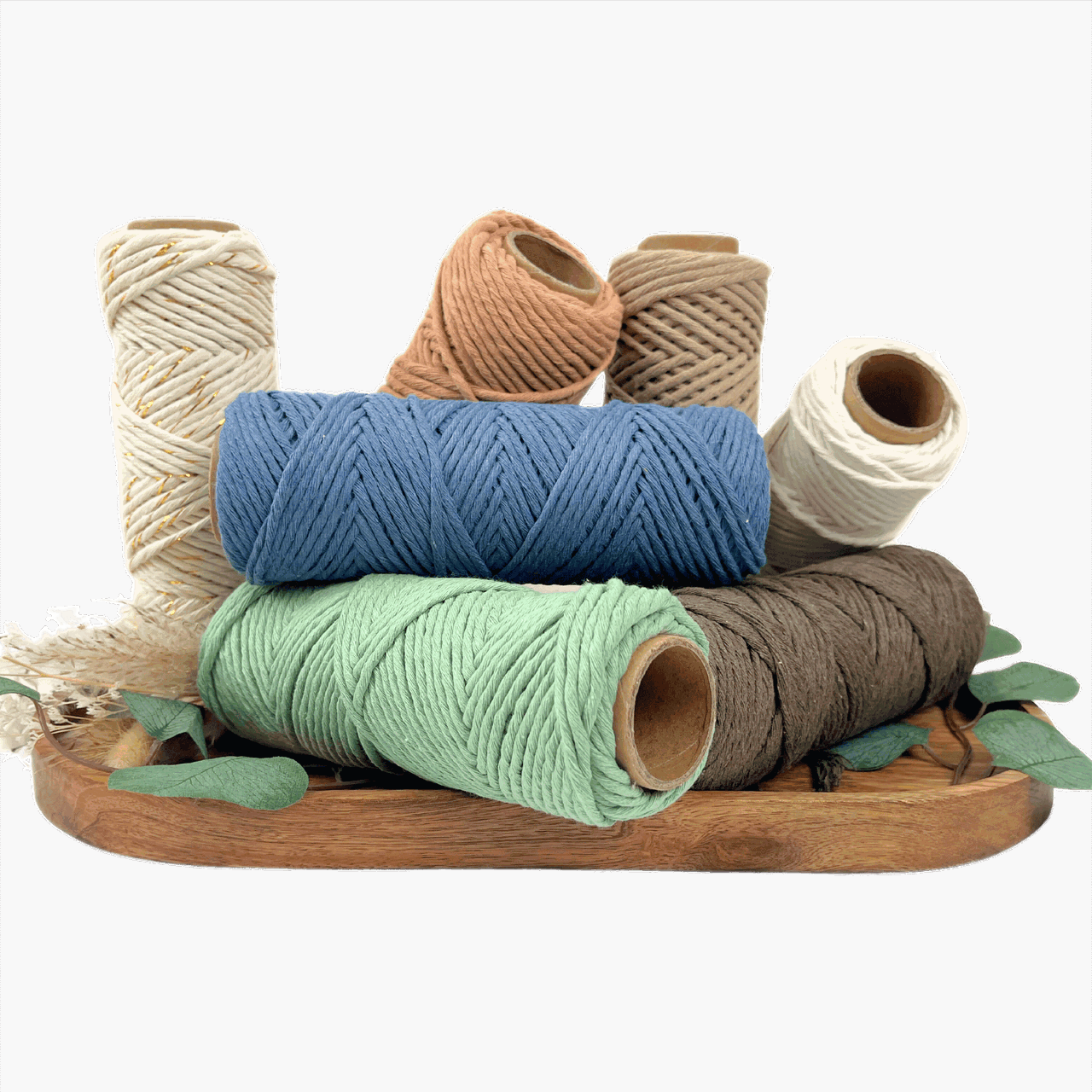
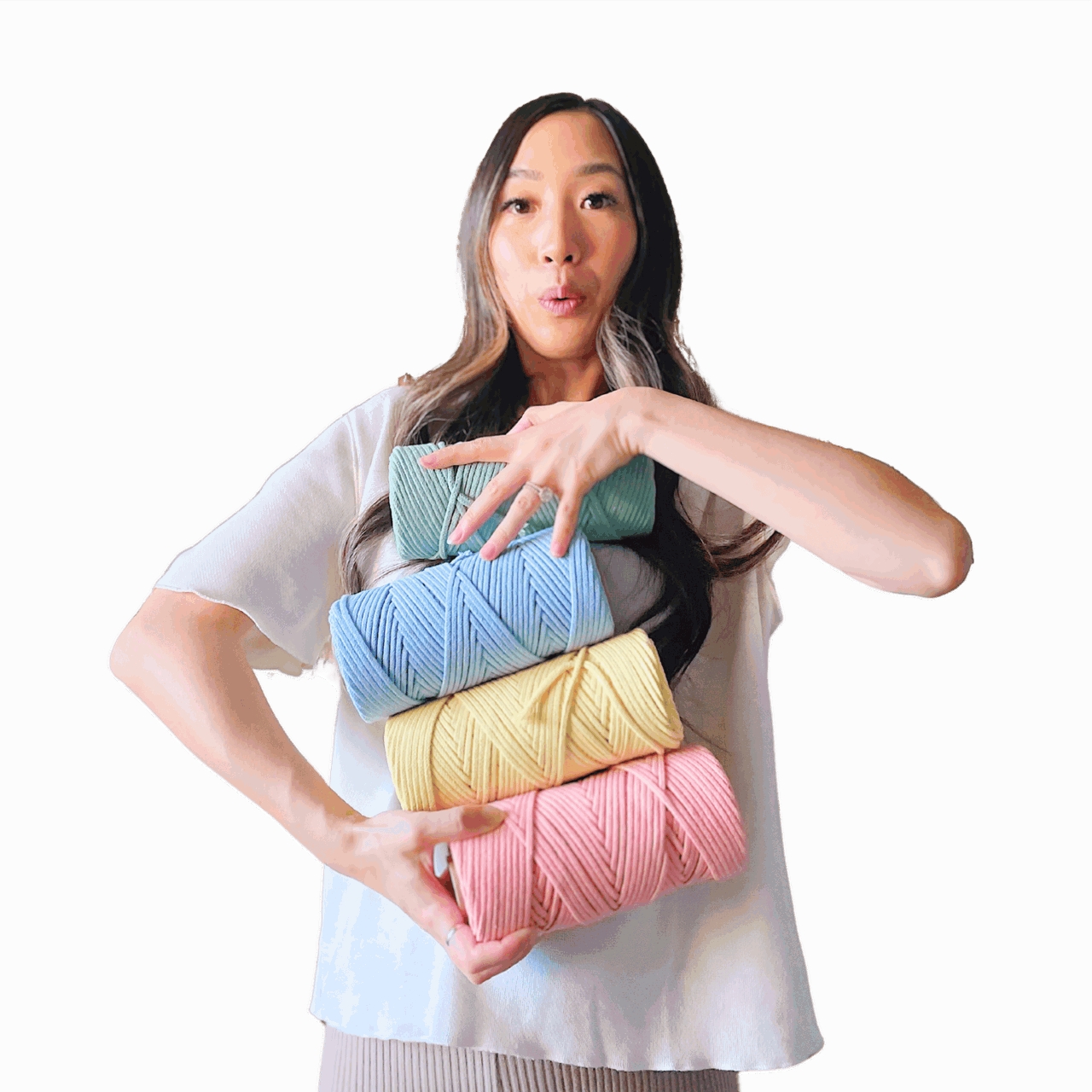
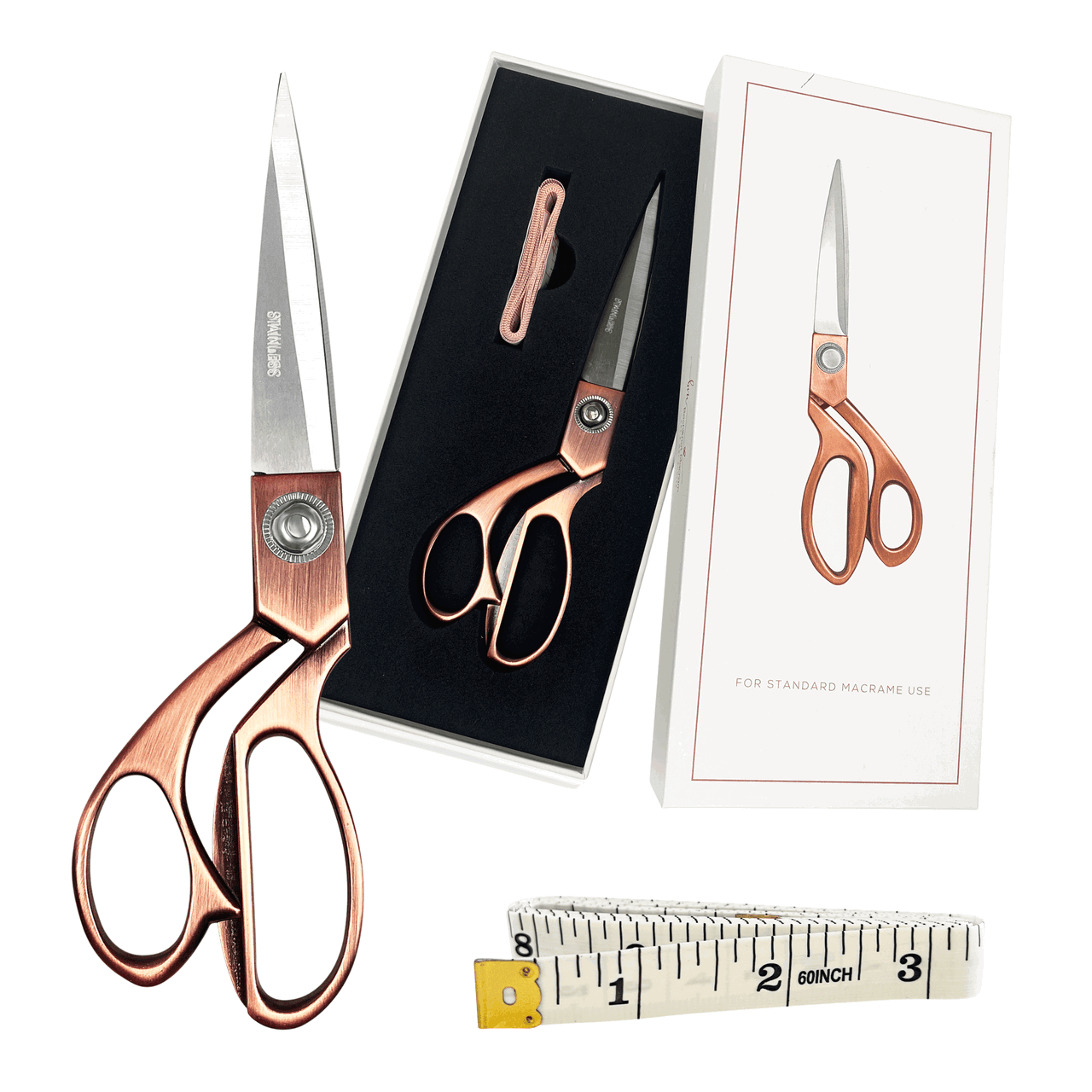
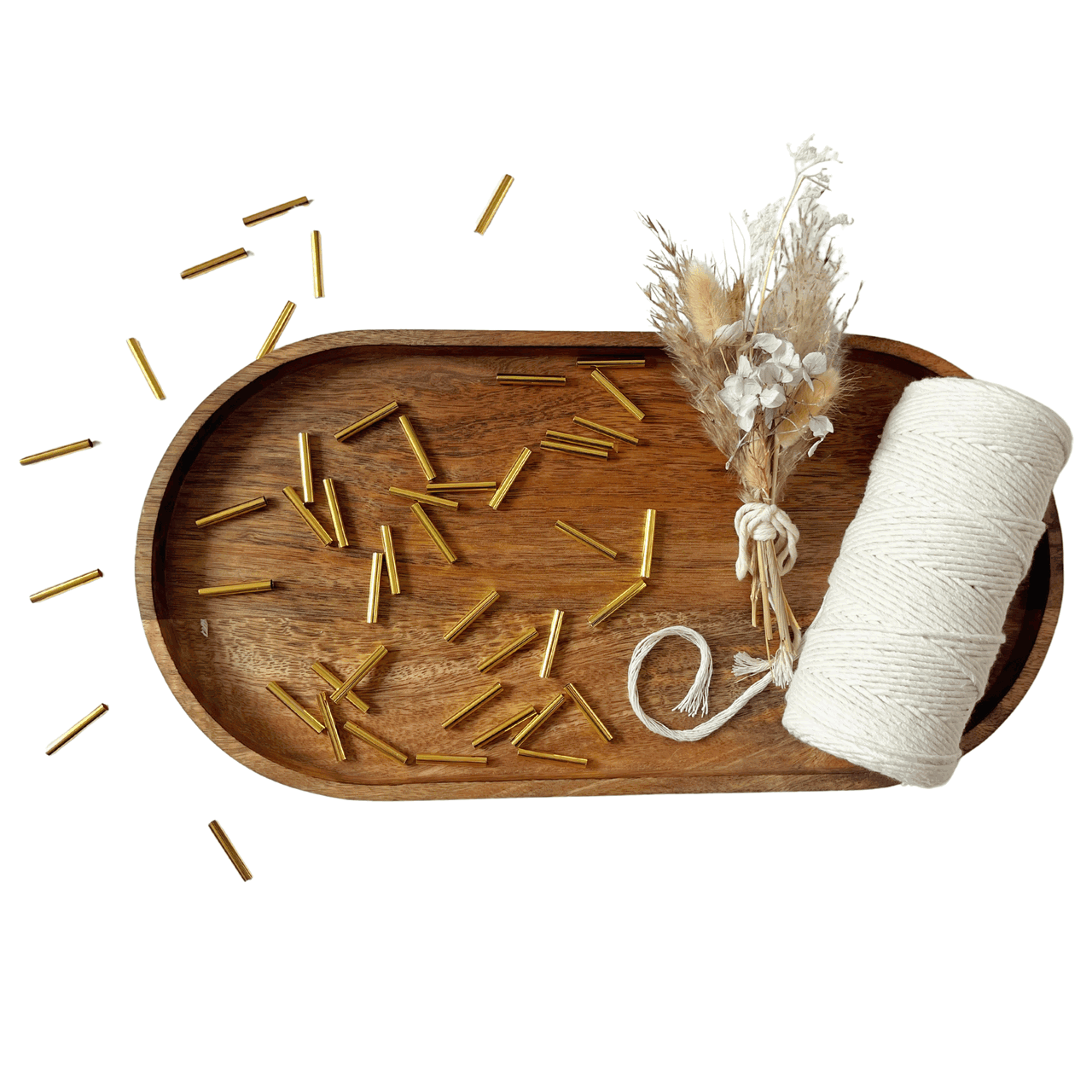
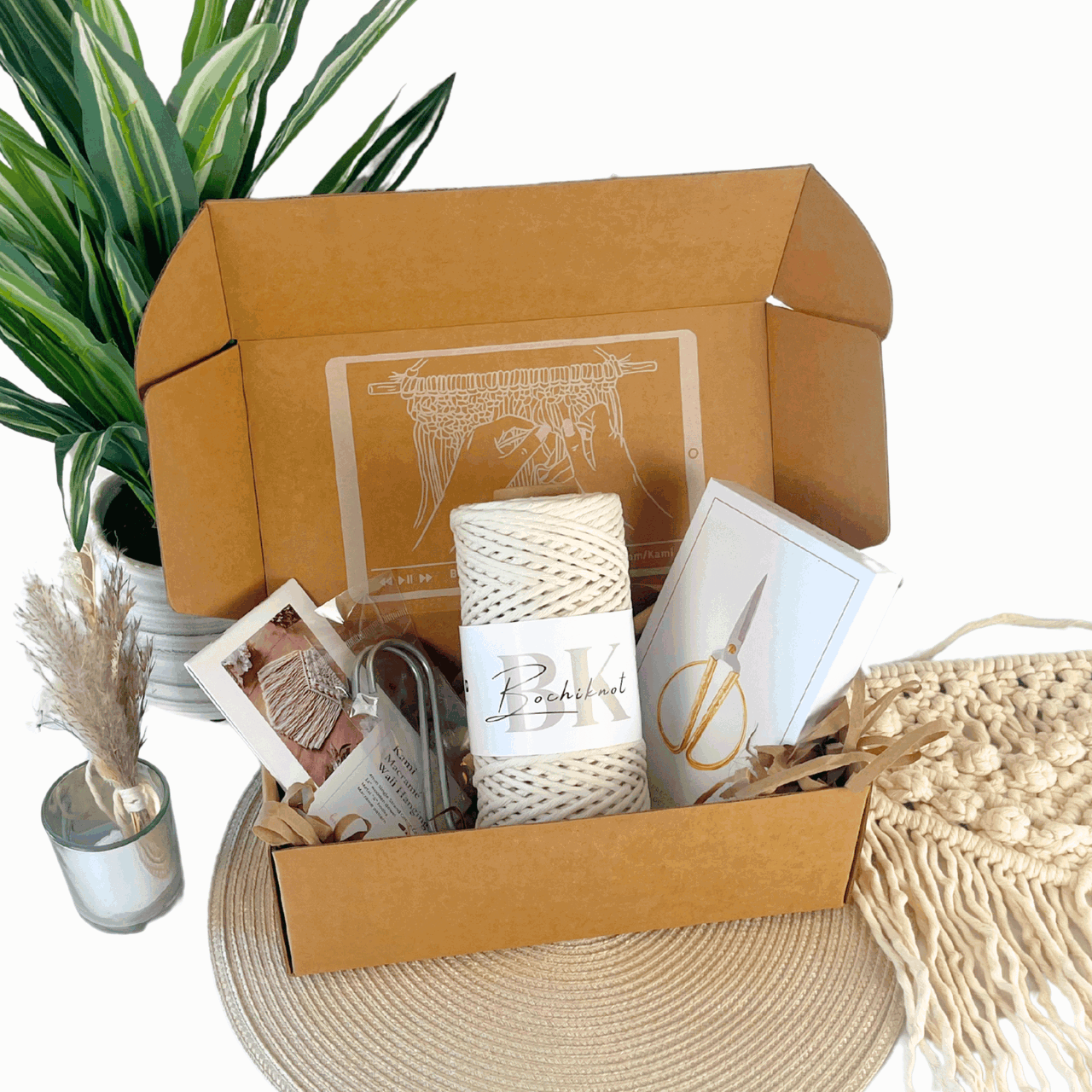
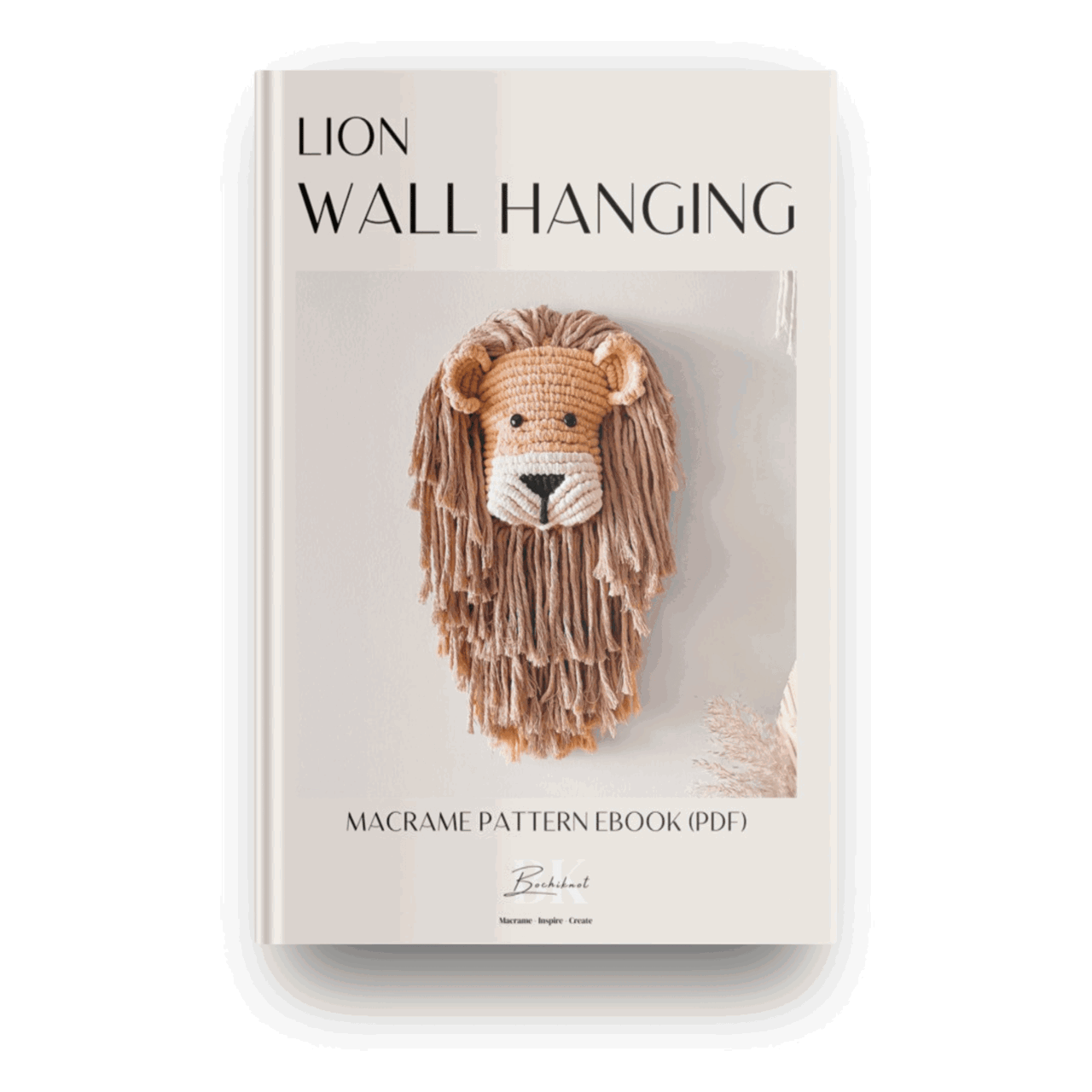
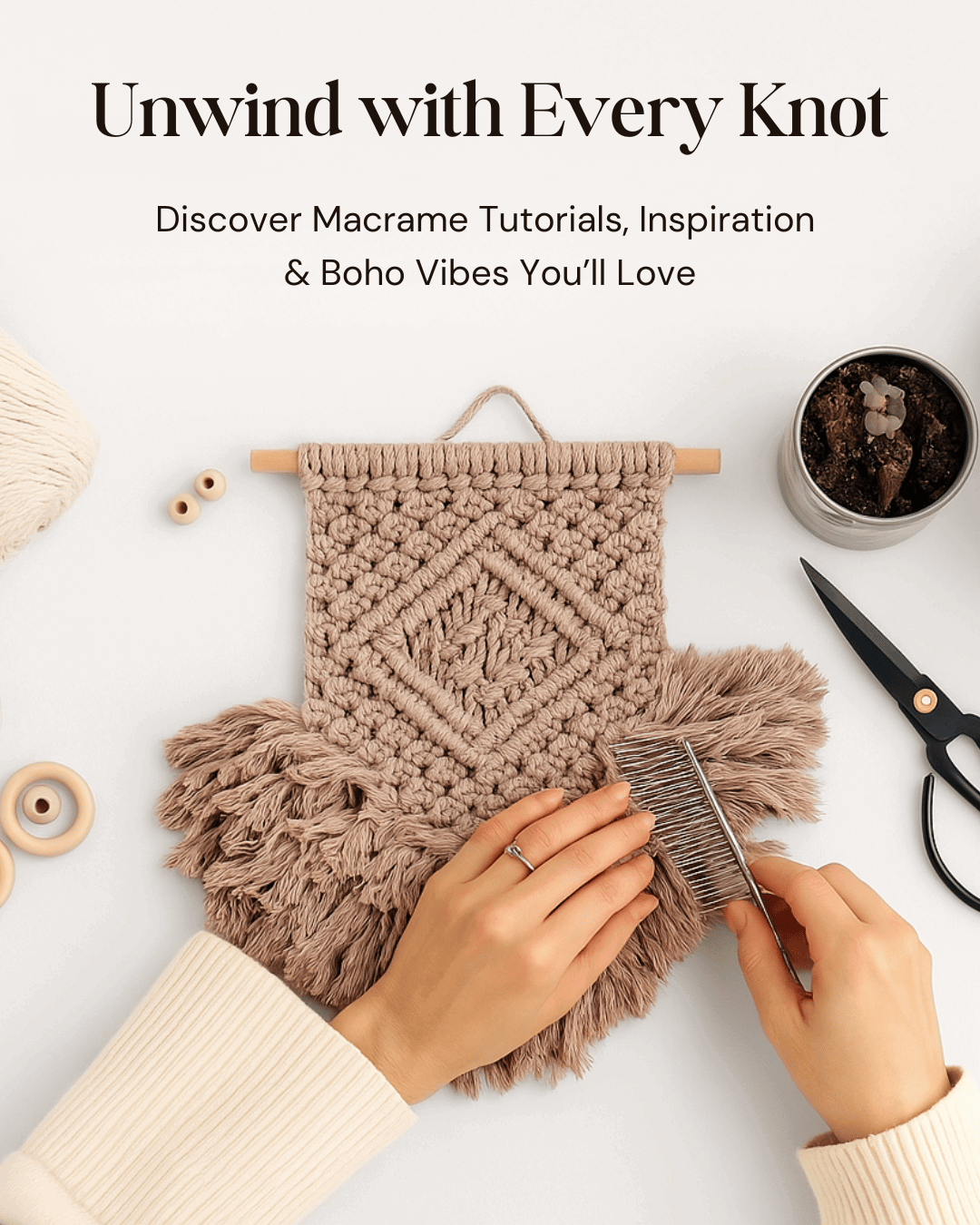
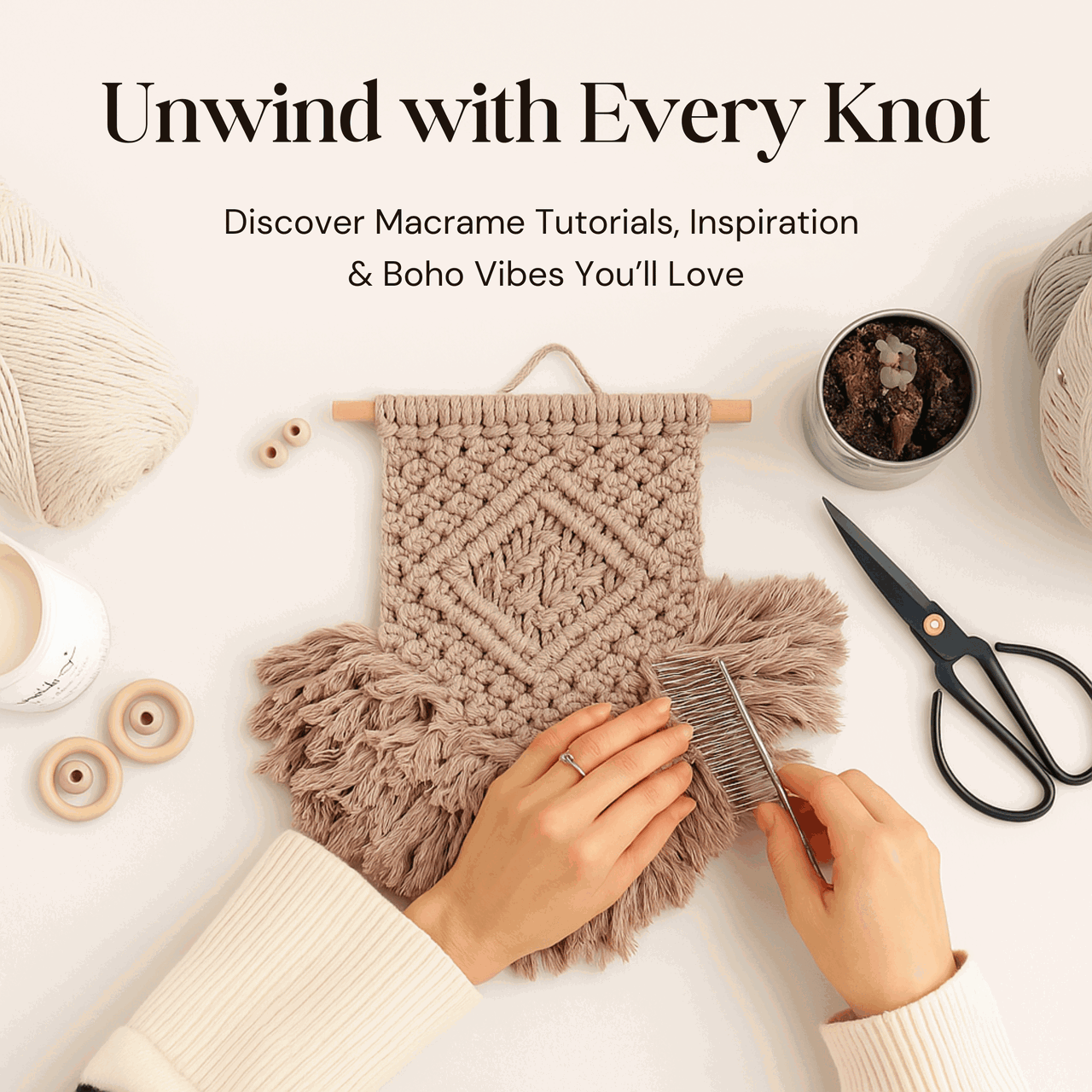
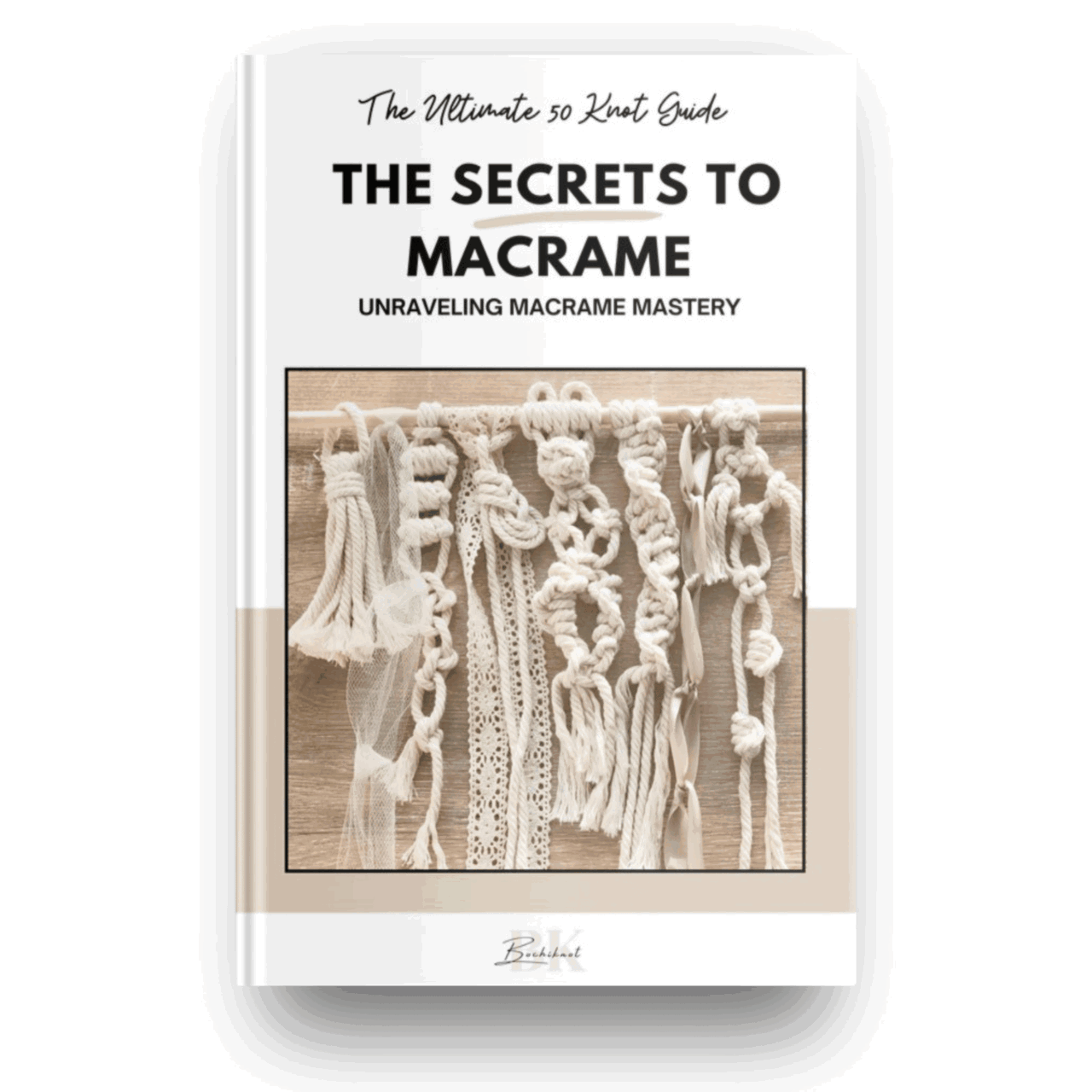

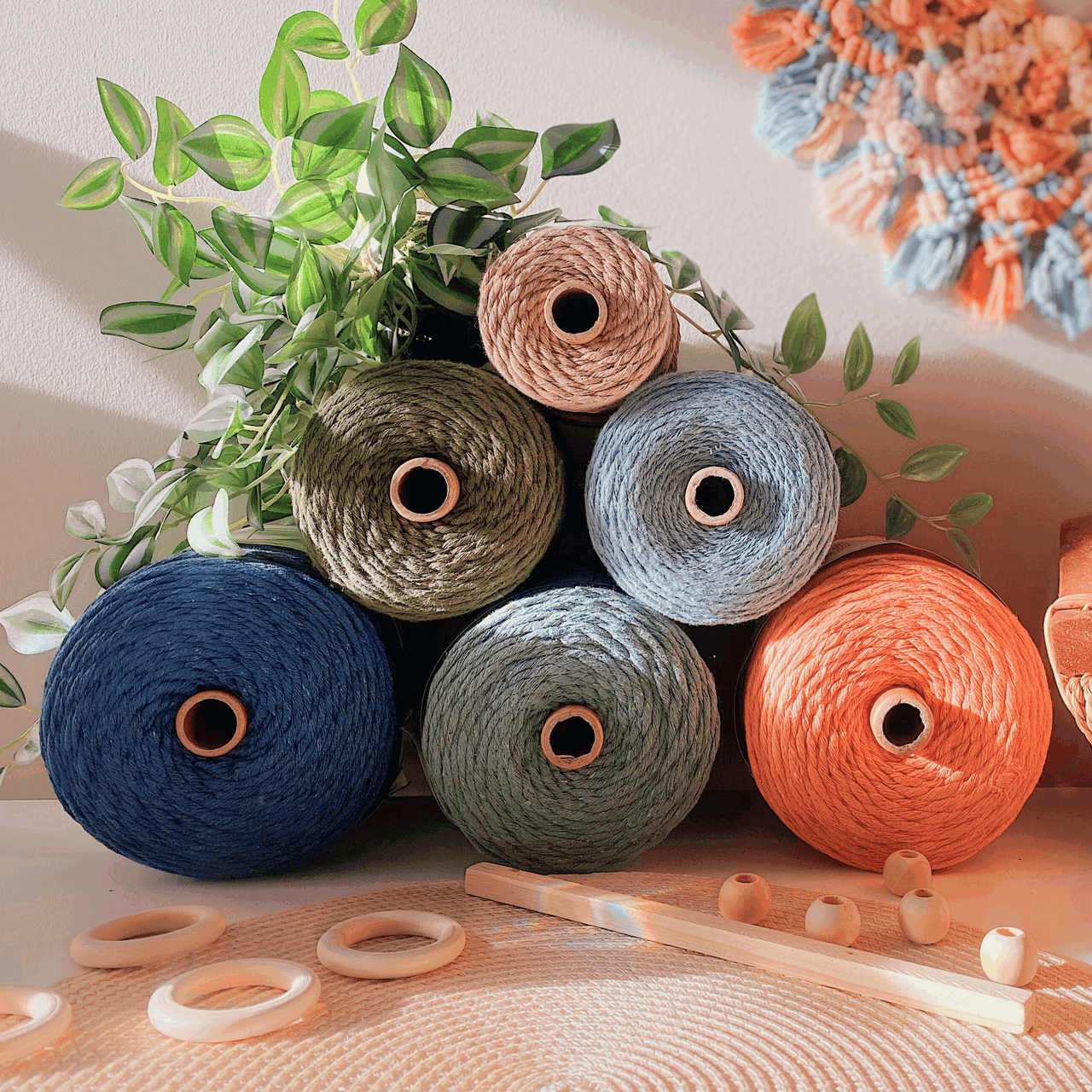
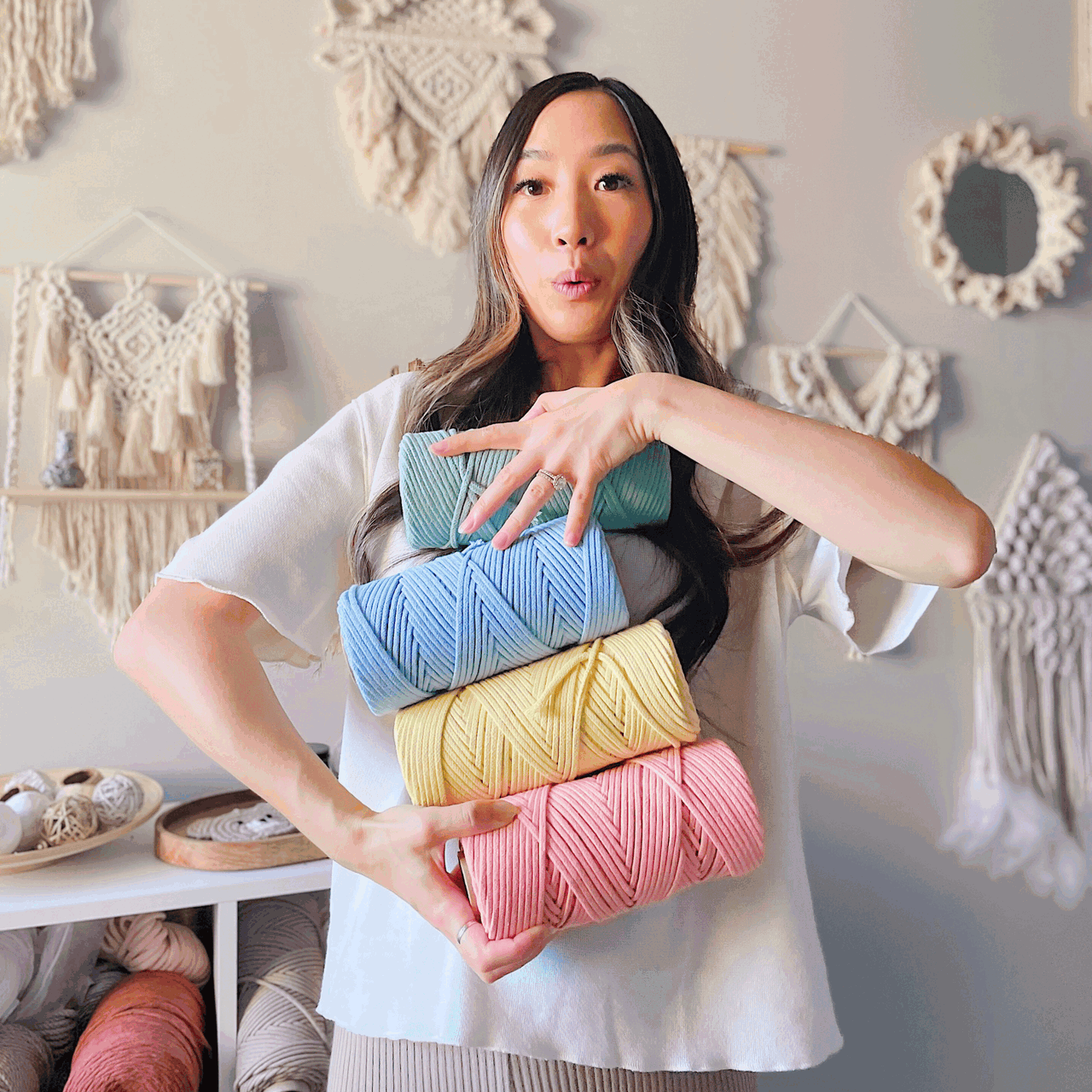
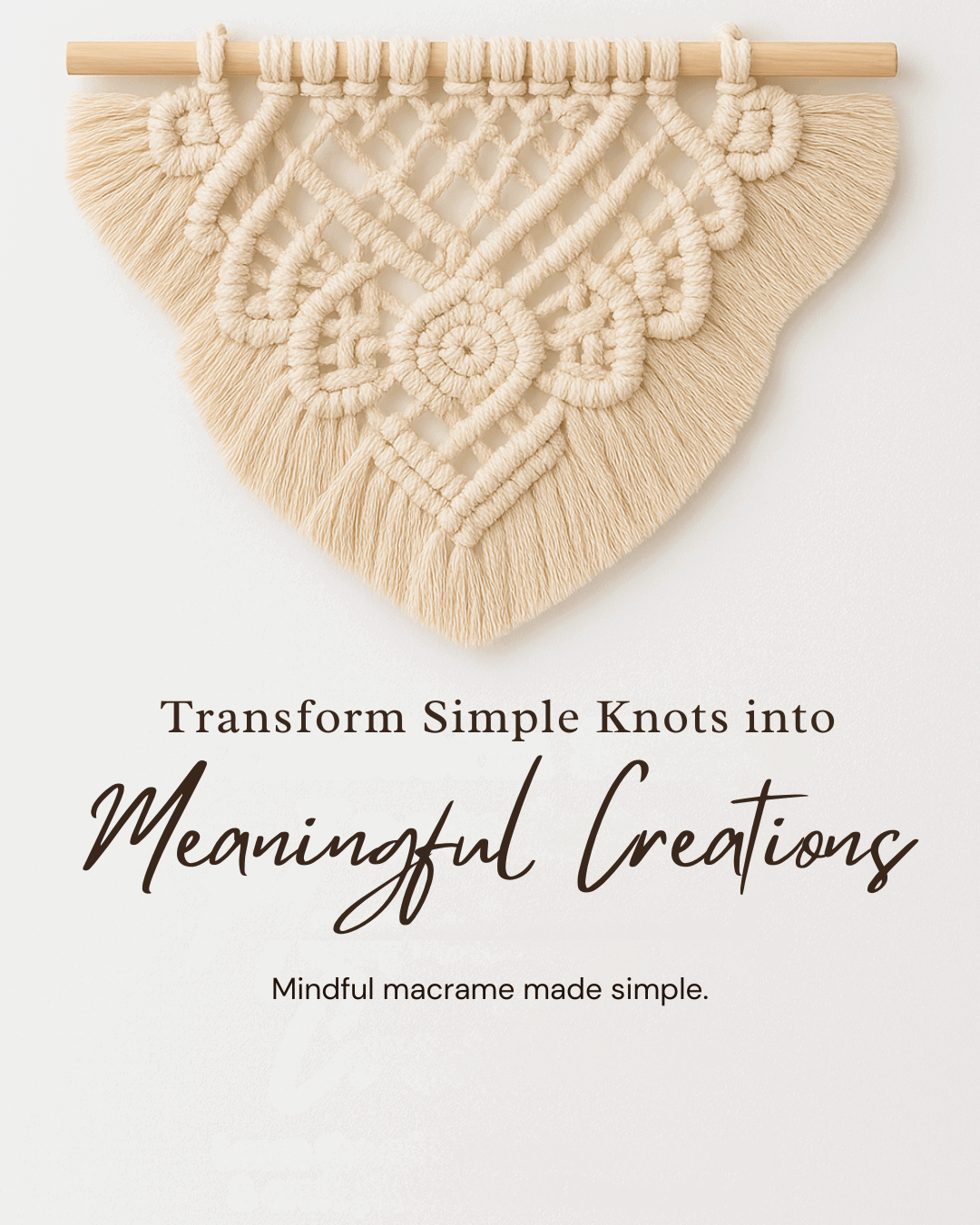


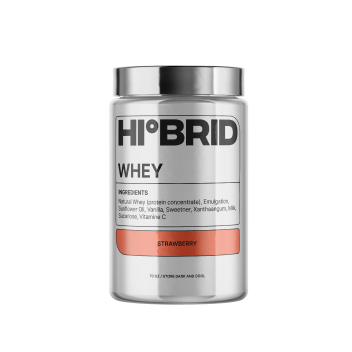
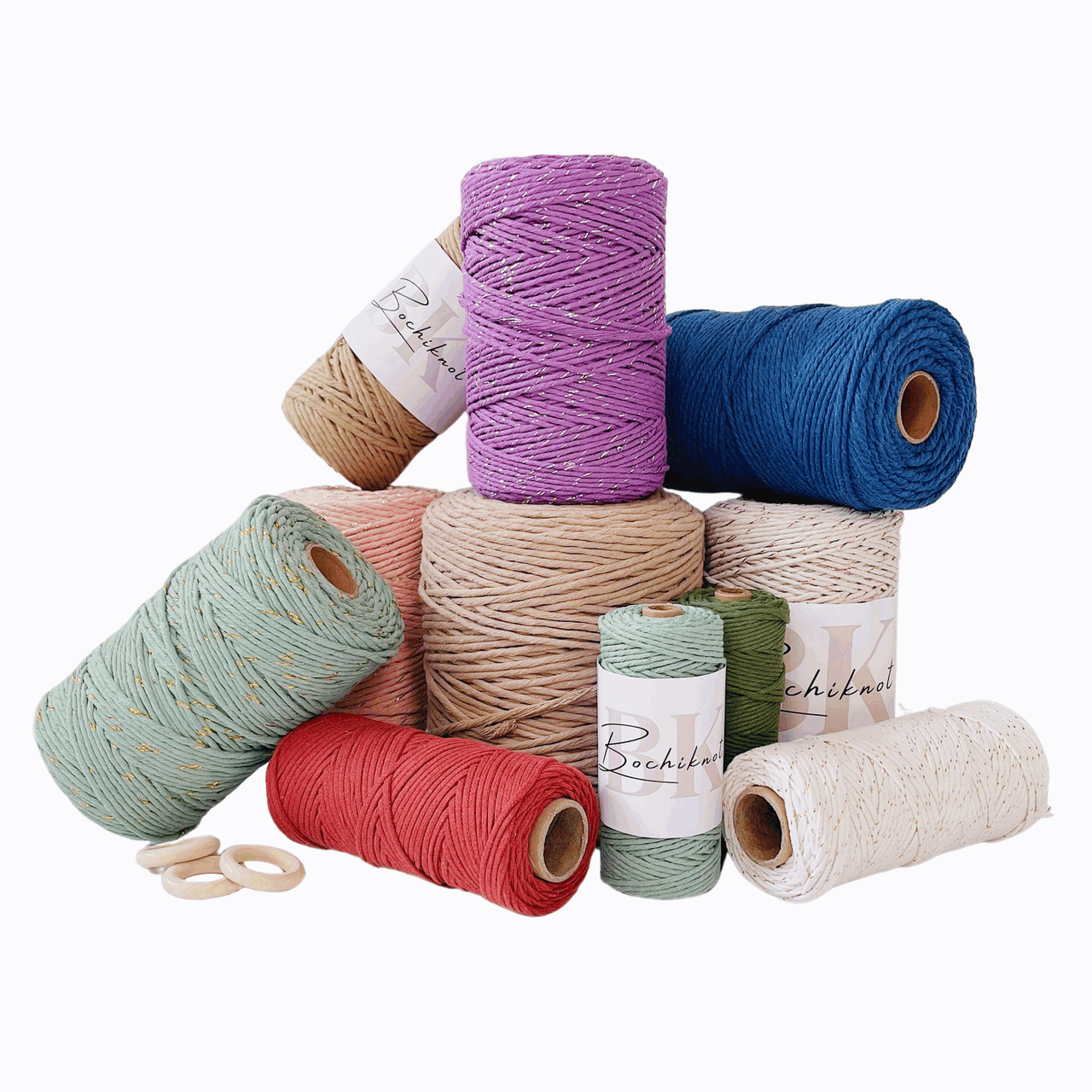
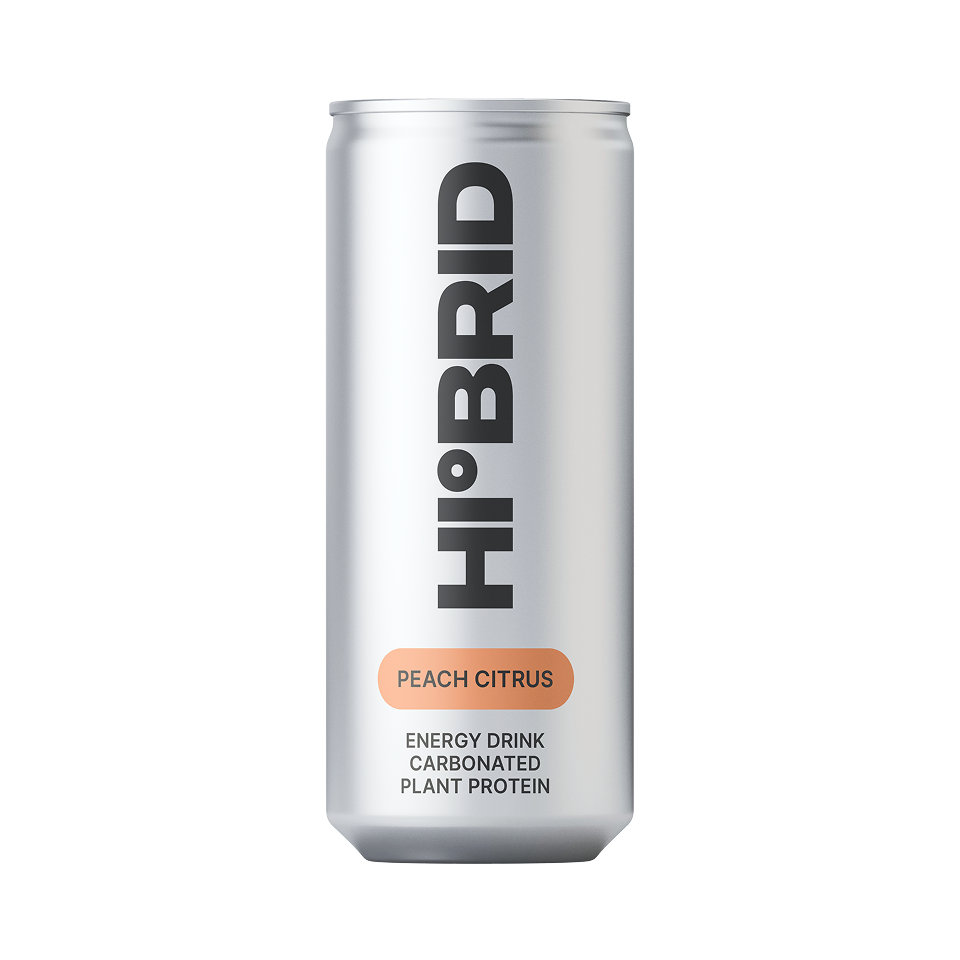
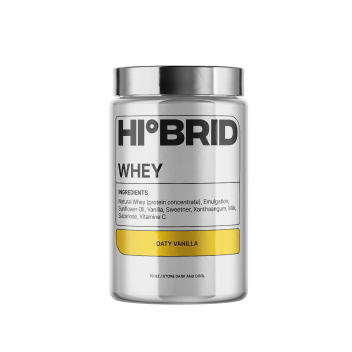
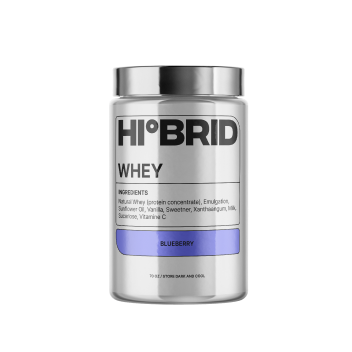
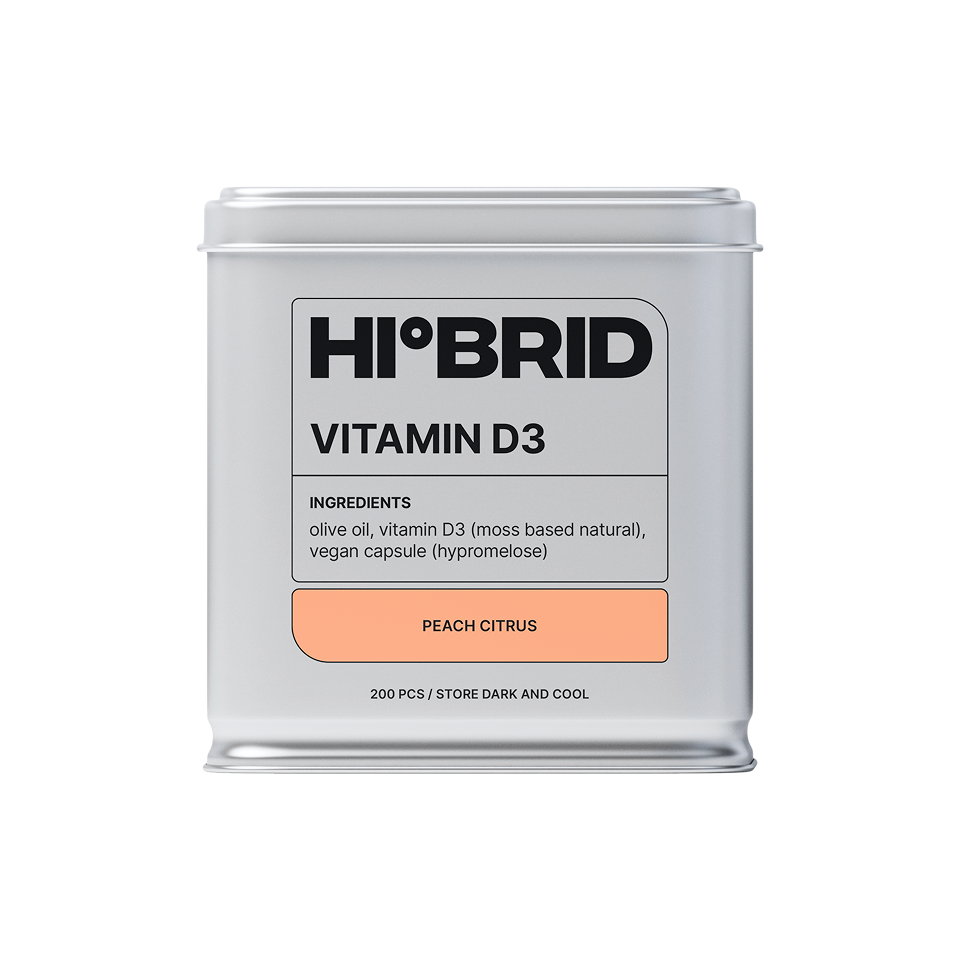
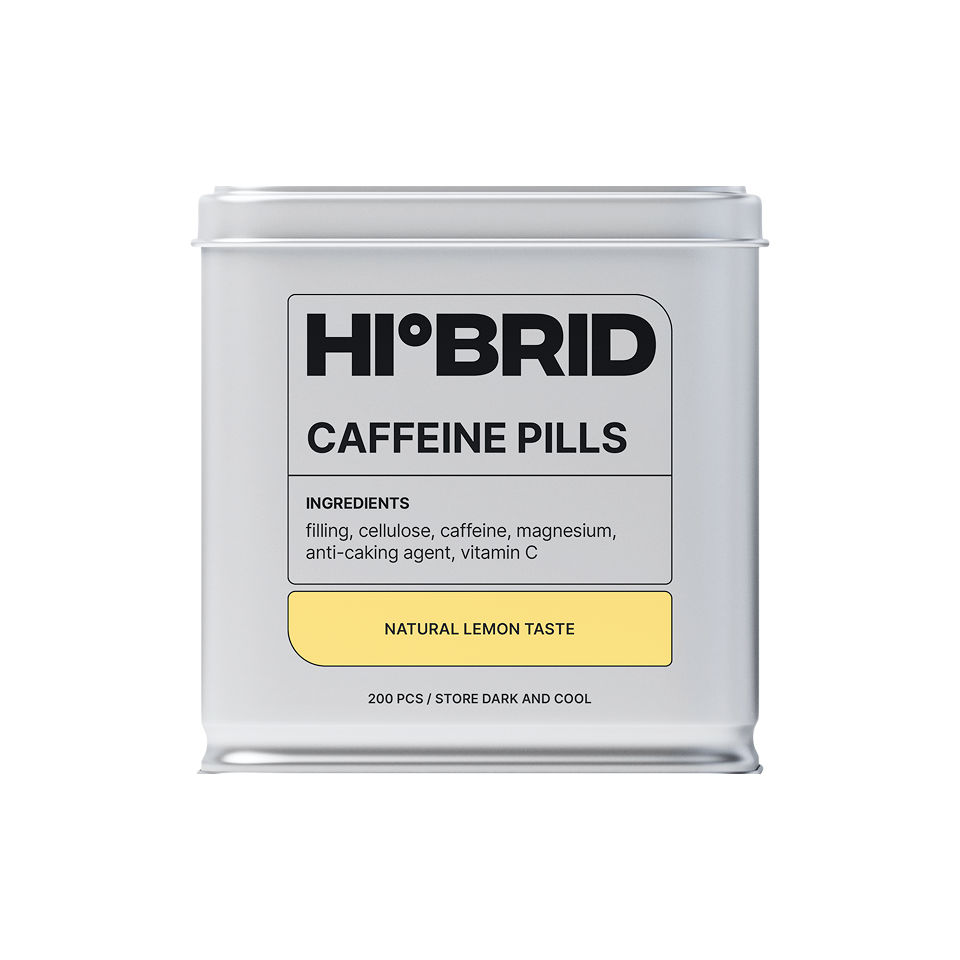
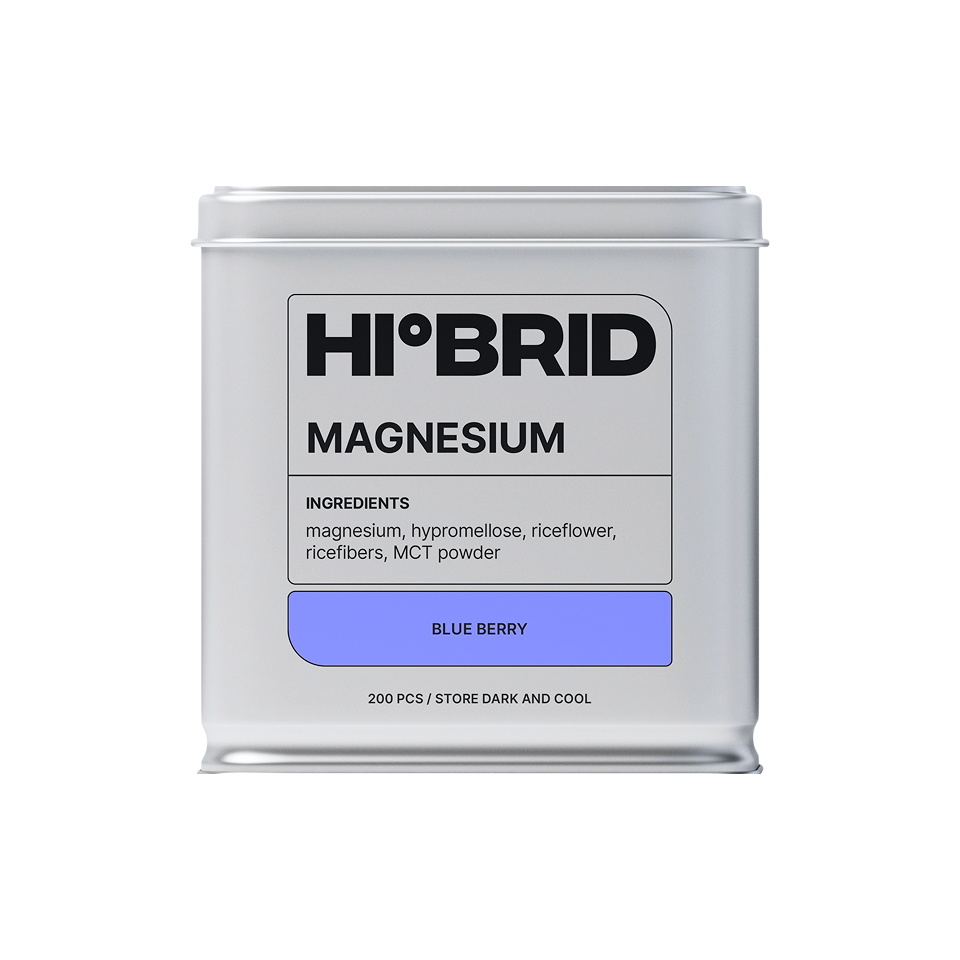

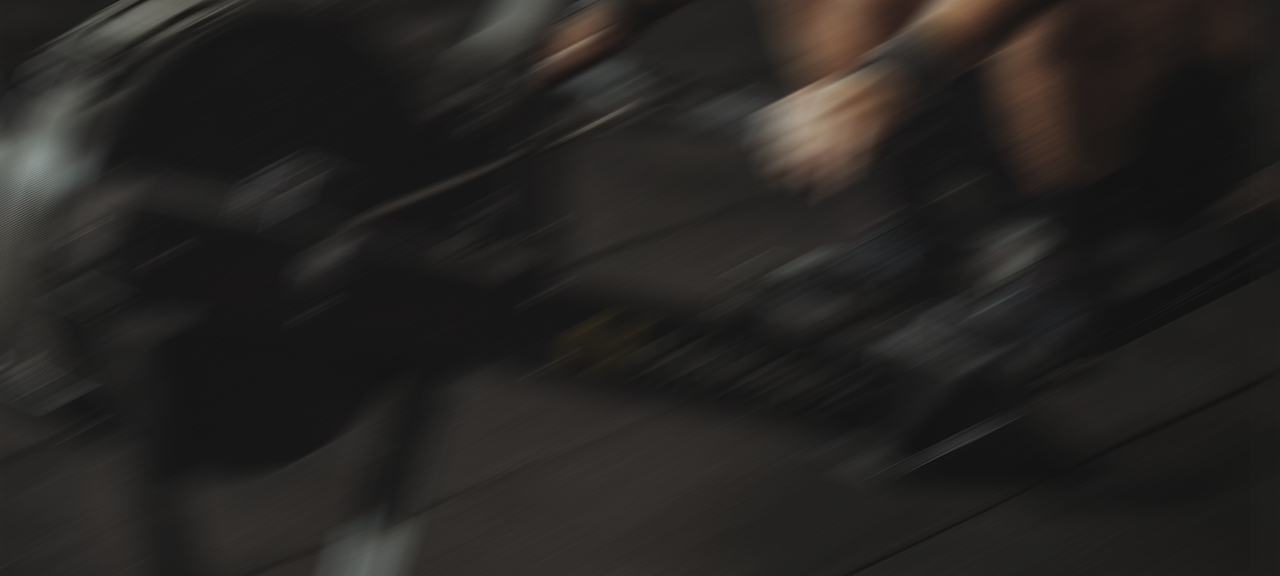


Vivo en Ecuador. Voy a iniciarme en el arte del macrame para uso personal. Compre el curso, comprare el kit basico, Ahora estoy revisando en el blogs los consejos para principiantes, son excelentes, me ayudaran porque son muy concretos. Gracias Nicole.
Leave a comment